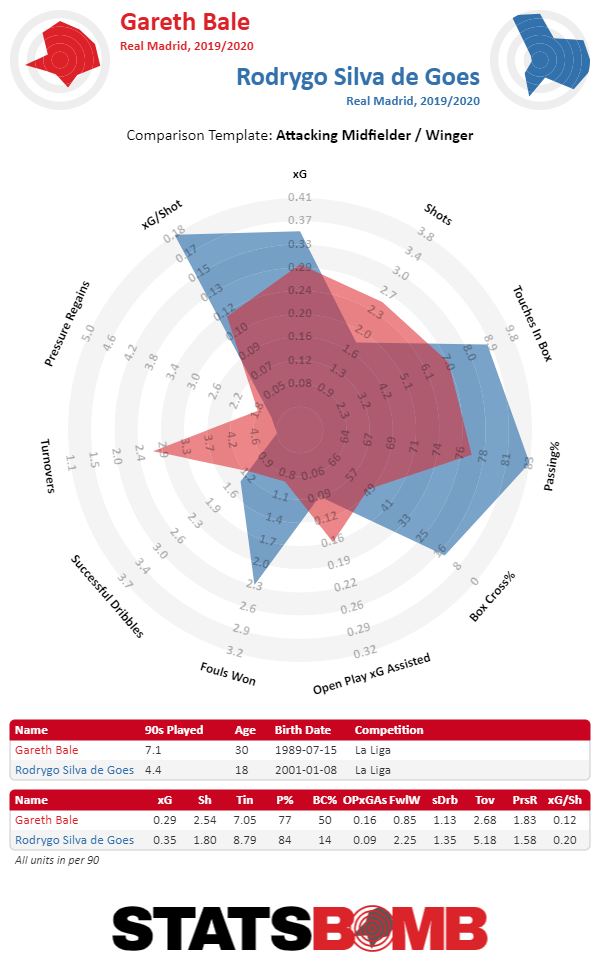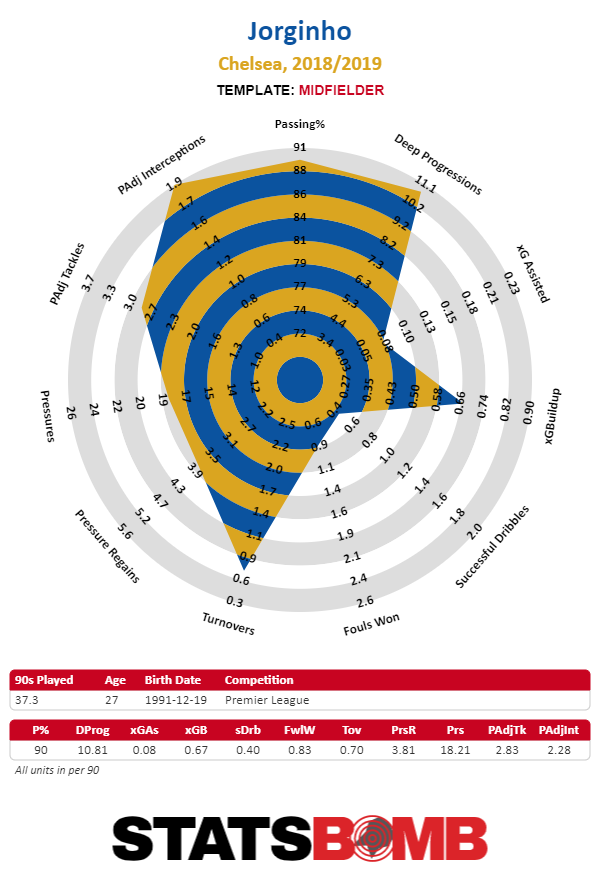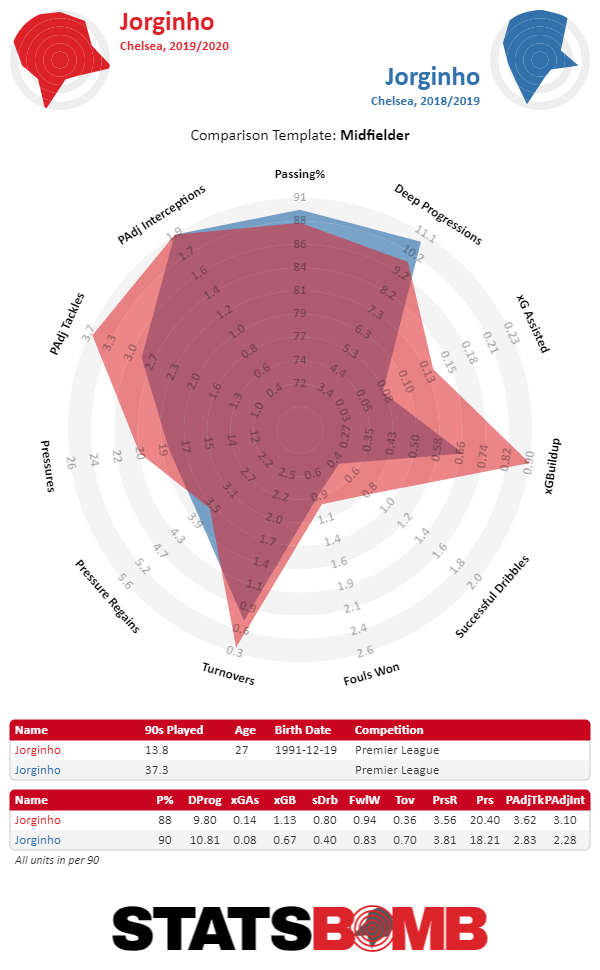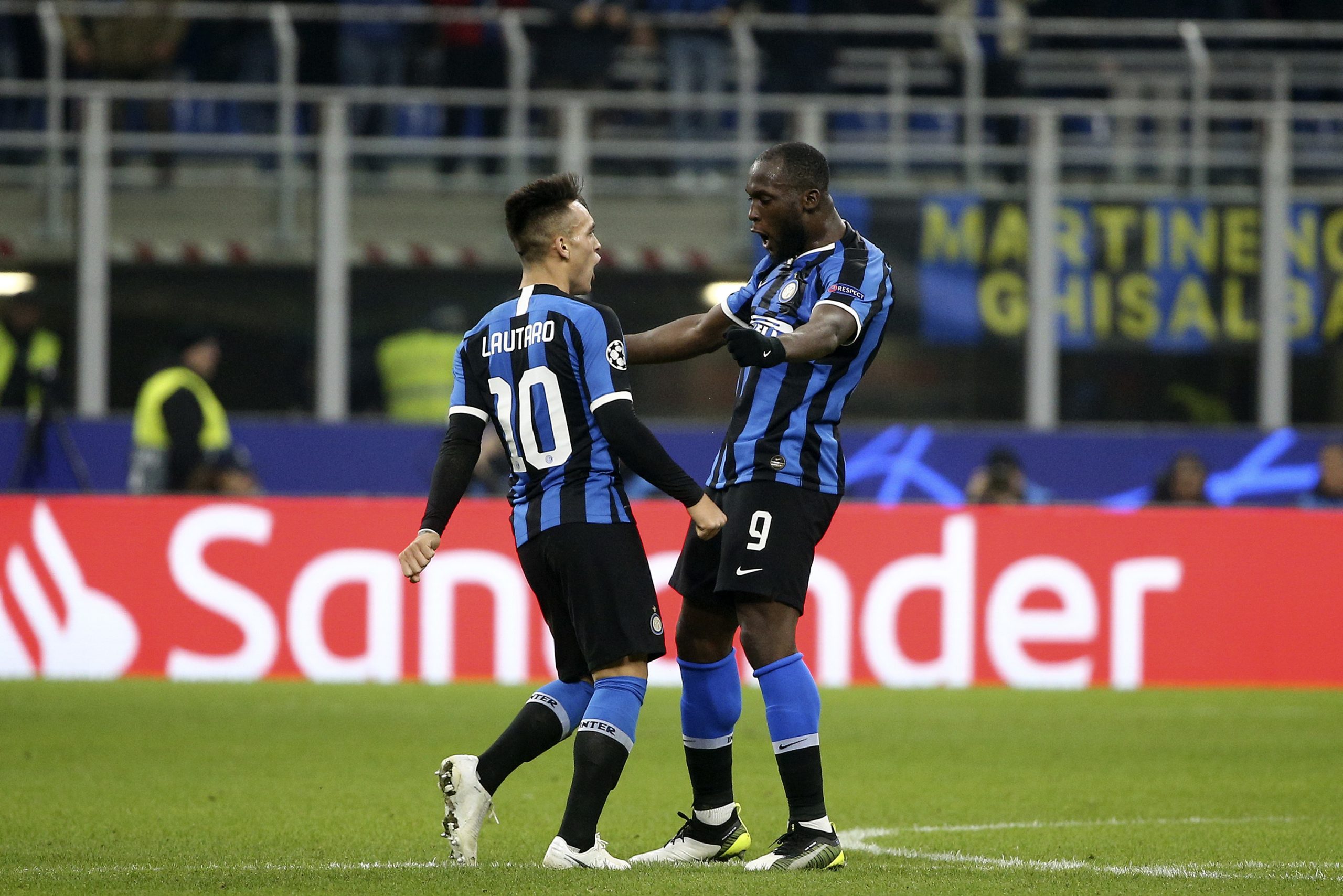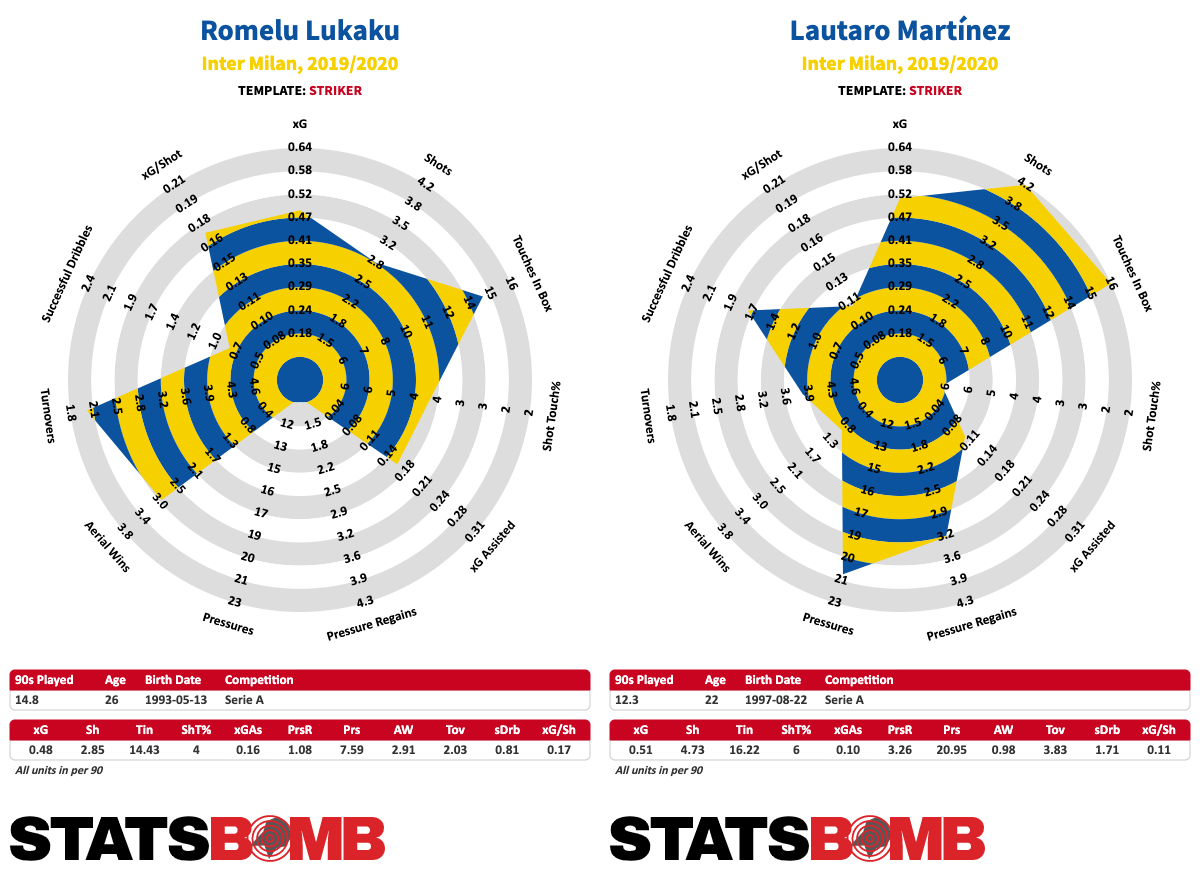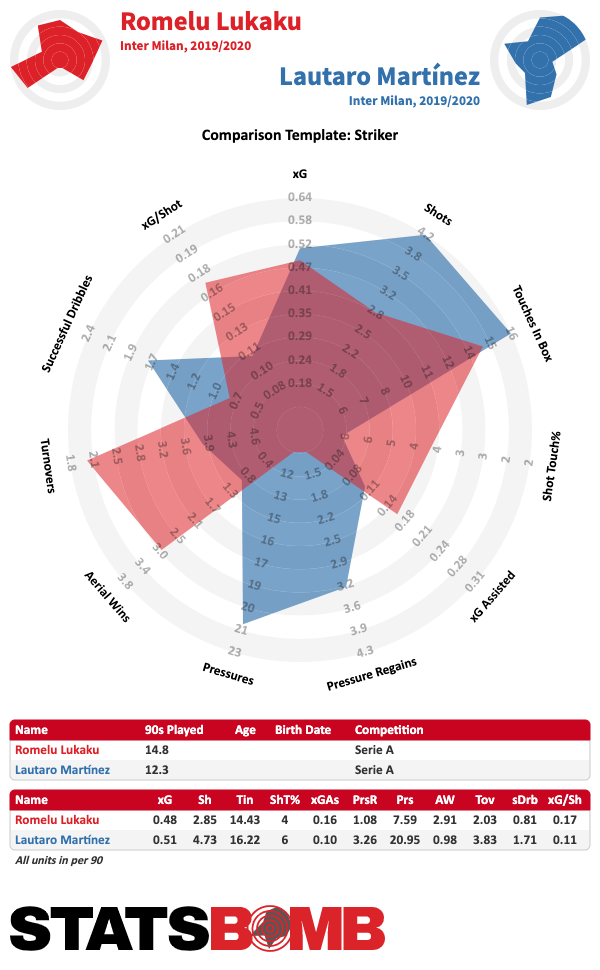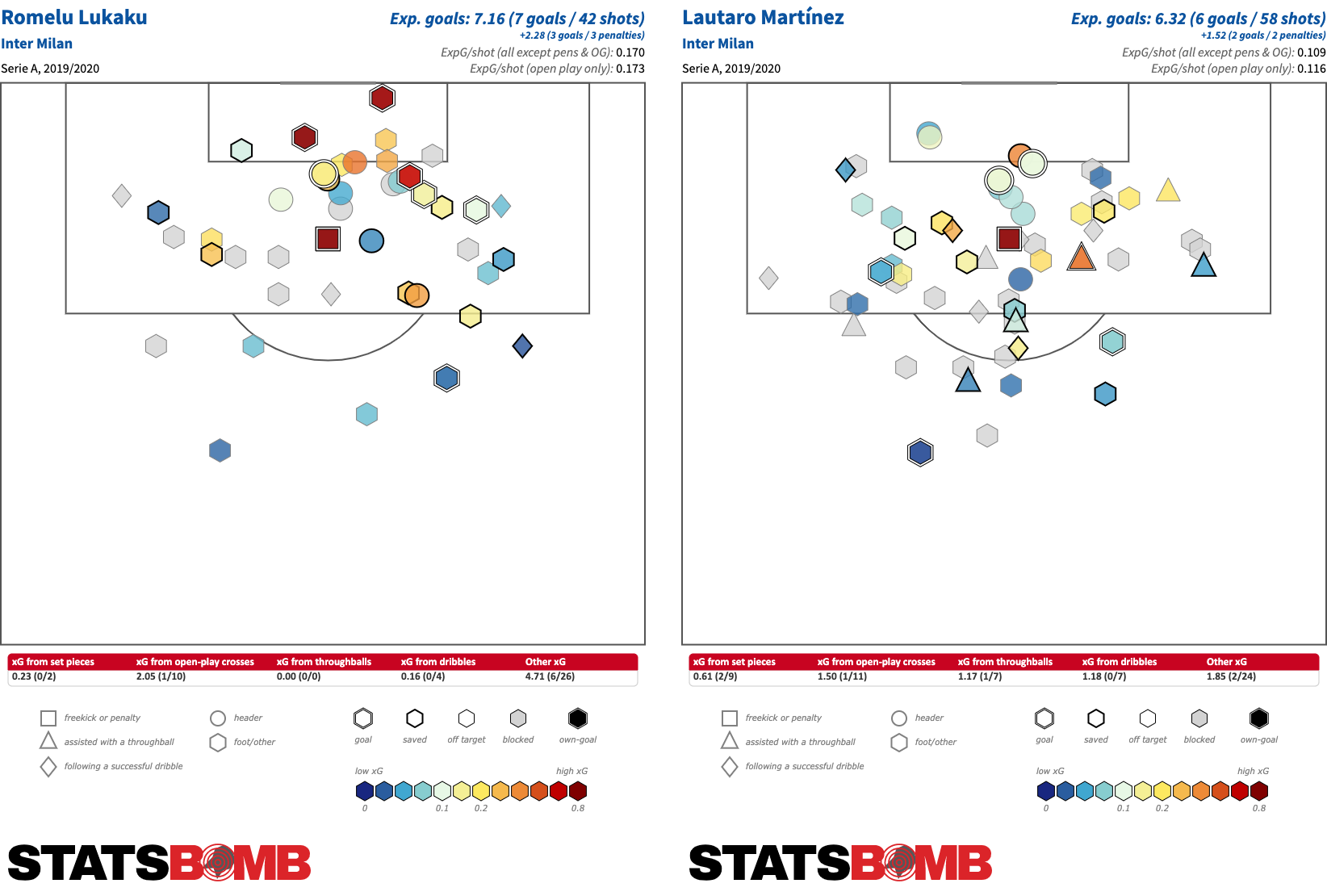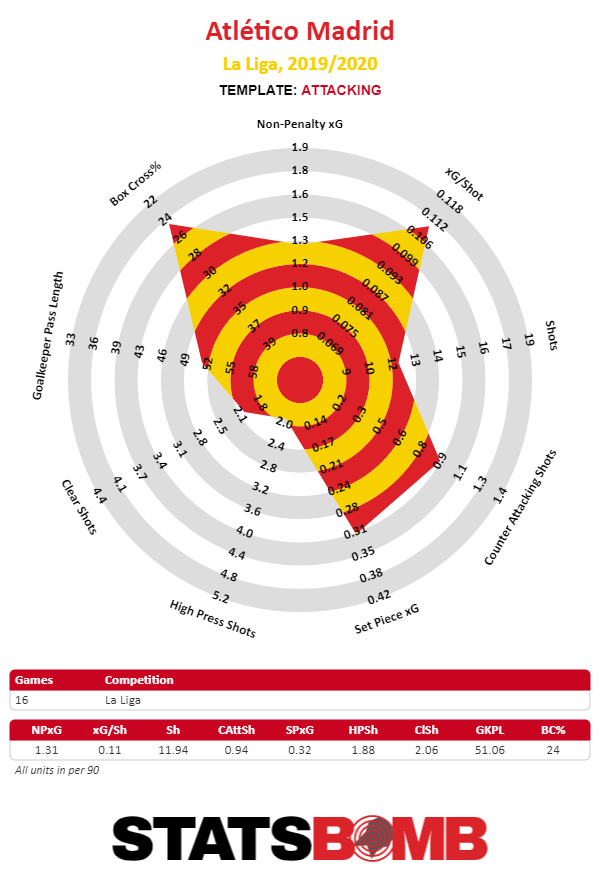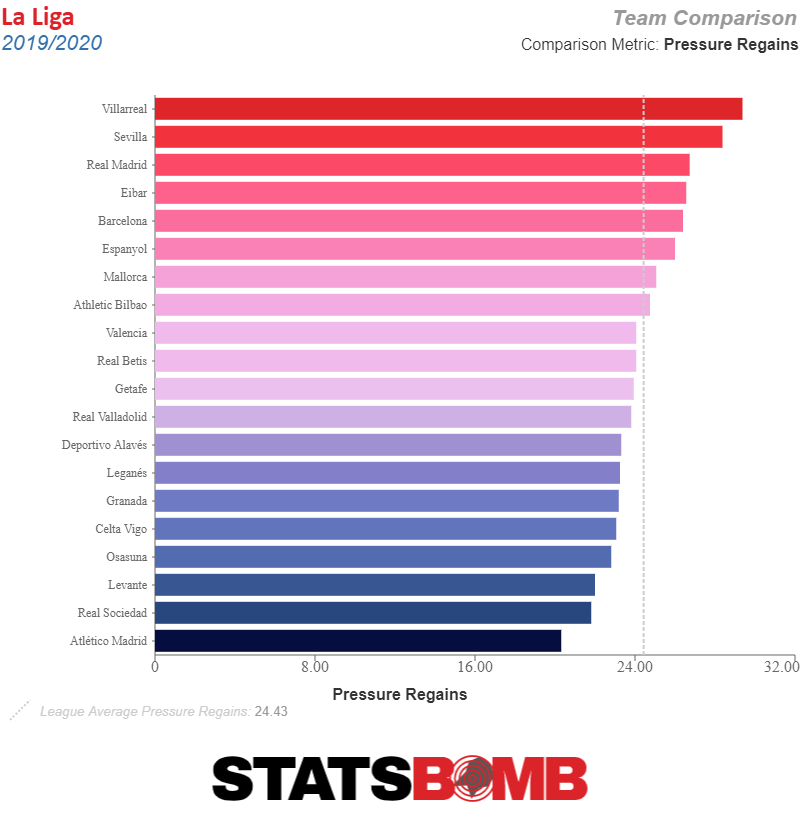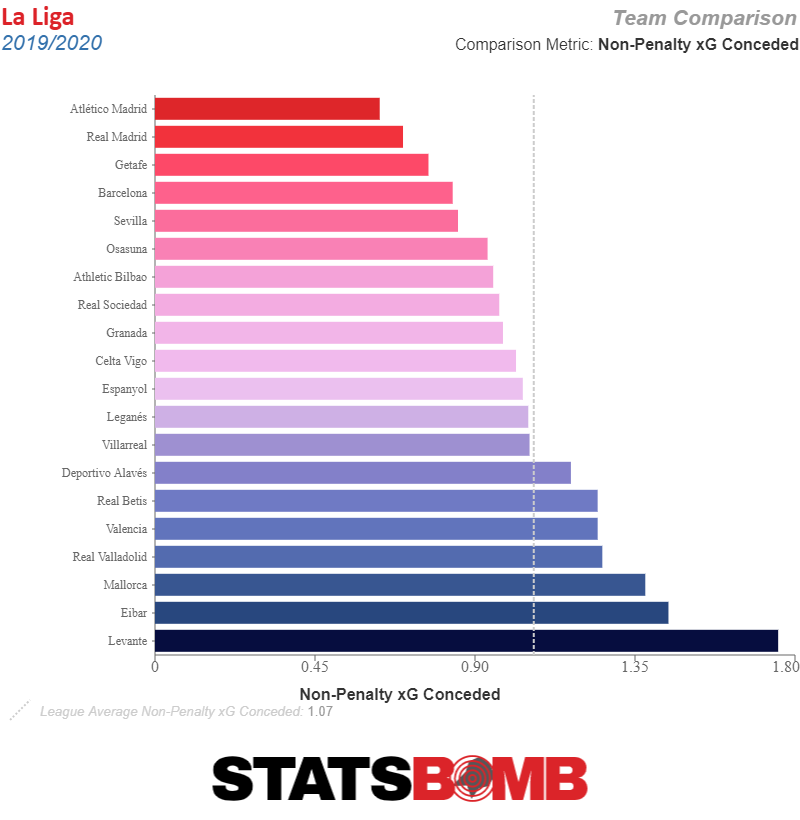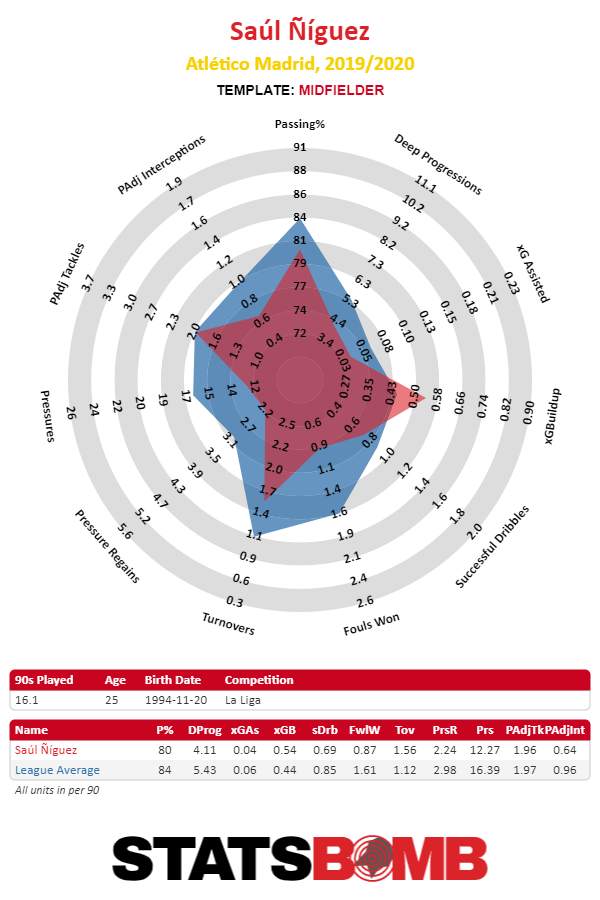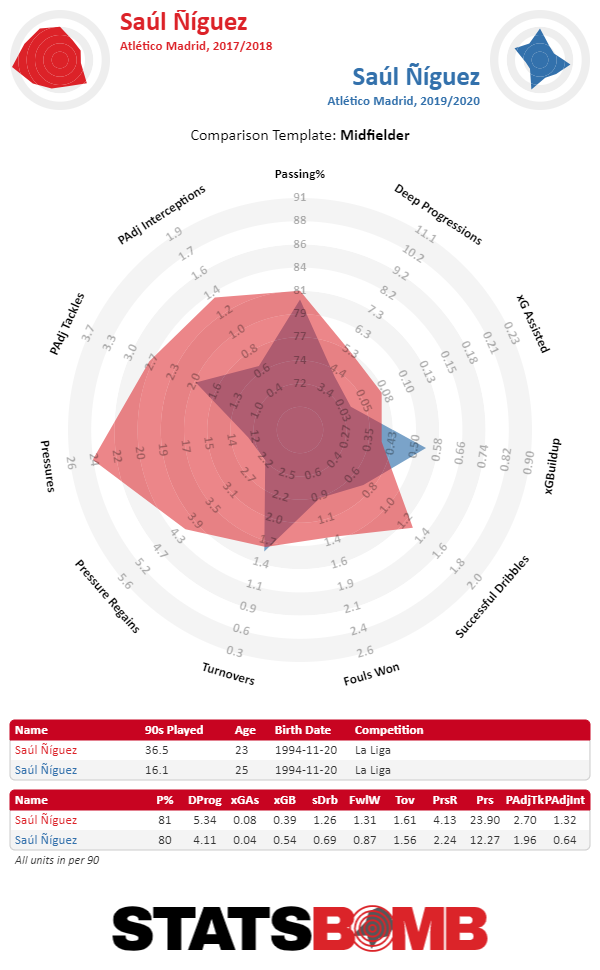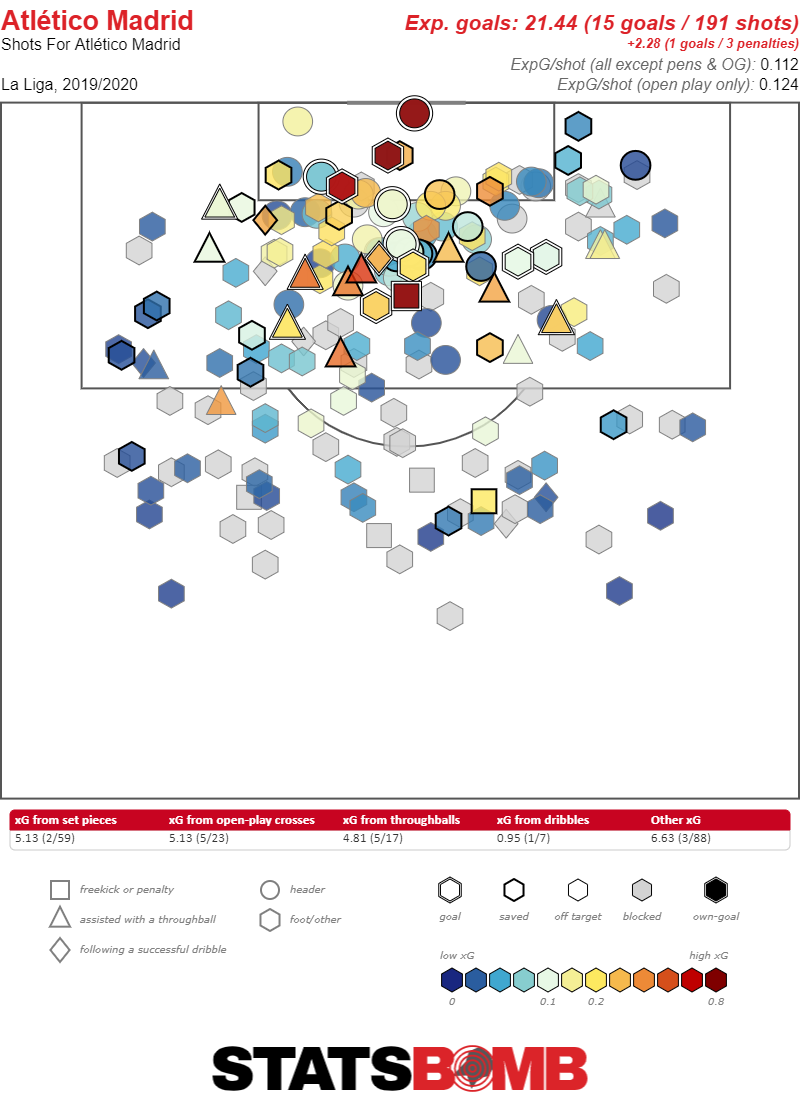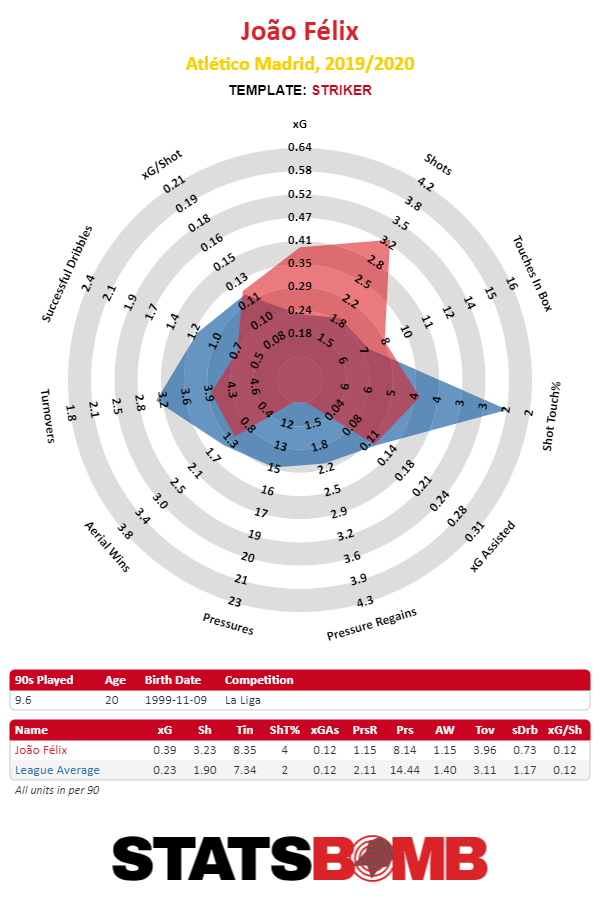Offside was supposed to be the easy part of VAR, they said. It’s a black and white decision, they said. Either he’s on or he’s off, they said. It’s perfect for technology, they said. They sure said a lot of stuff. Over the last week, Premier League watchers have been subjected to watching goals get ruled off after a long video replay delay when an armpit, or a toe, or a wisp of hair has been judged to have been ruled on the wrong side of a defender by mere centimeters. It’s worth prying apart exactly what is, and isn’t, going on, as the Premier League continues to try and implement the great VAR experiment.
First, let’s ground the discussion in what has (and hasn’t) changed. Surprisingly, there’s been remarkably little change in the actual things happening on the field. By almost any measure you can find, the game is basically being played pretty close to exactly the same way it was last season. Last year teams scored on average 1.37 goals per match (to be clear that’s per team, per match, the same way I’m going to list all the stats here), this season it’s 1.36 so far. Last season, on average, a team took 12.52 shots per match. This season it’s gone up a gigantic 0.03 shots per match to 12.55. If we’re desperate to pry things apart to find a change, the best we can do is look at clear shots (shots without a defender between the shooter and keeper) and find that while last season a team would on average take 2.20 per match, this season it’s down to 1.98.
Is that something? Is that evidence that with new VAR-driven offside rules players are no longer getting in behind as much, leading to almost half a shot (remember we’re looking at per game, per team, numbers here so that’s a 0.44 total per match, 0.22 for each team) less of good old defense-splitting, goal-scoring opportunities? Well, the shift in shooting numbers might be a thing, but it’s certainly not reflected in overall expected goal totals. So, probably not. Teams are averaging an almost identical non-penalty xG per match total of 1.25 this year, compared to 1.21 last season. Their xG per shot averages to 0.10 both seasons. Penalties, interestingly, are being awarded at ever so slightly lower rates with teams getting 0.11 per match this season, as compared to 0.14 per match last season (but really that’s a tiny tiny change to read anything into).
For all the noise surrounding VAR, the good news is it hasn’t, as yet, changed the overall nature of football in the Premier League at all. Many are concerned that VAR consistently awards tight offside decisions and negates goals, thus making it harder for strikers to get in behind, harder for teams to score, and in general decreasing attacking potency across the board. And there’s ample evidence that hasn’t happened.
For all that hasn’t changed, there is one fairly large difference in gameplay that has occurred from last season to this one. It’s definitely not one I expected to see though. There have actually been notably fewer offside decisions given this season than last. Weird, huh?
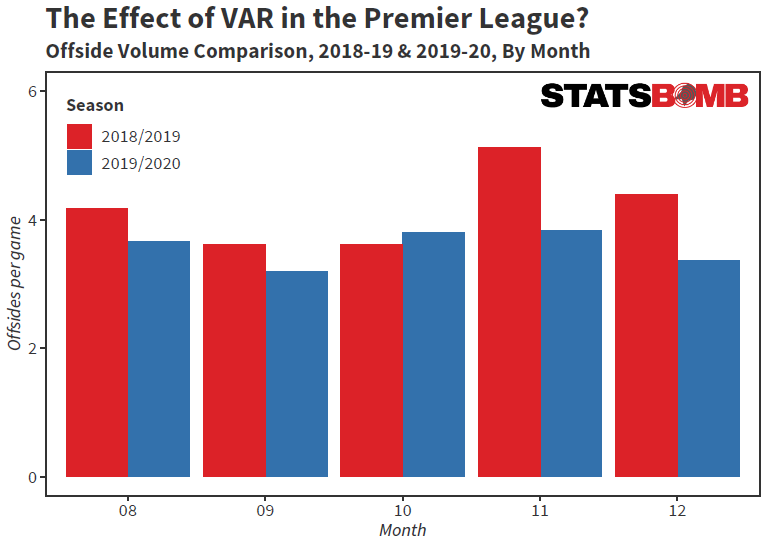
We can speculate about a number of reasons why this might be. I’d be being an irresponsible stats blogger if I didn’t start off saying natural variance could be the cause. Maybe the specter of VAR has changed how teams play, with strikers already reining in their runs lest they get penalized on replay. Or maybe this is a result of assistant referees being instructed to let the game run on close offside decisions in order to better utilize VAR and a number of those situations simply don’t result in goals, and thus are never examined. Whatever the reason, the actual stats are clear. In the era of VAR, there are actually significantly fewer whistles blown for offside than before.
Yet none of this should take away from the obvious impact that VAR has had on how fans experience the offside rule. In fact, it just makes answering the question harder. If fundamentally all that’s changed is that we have fewer offside whistled, then why does everything feel so much worse?
There are, I think, two interlocking issues here. There’s a technological one about the current system’s ability to actually generate the correct decision on close calls, and there’s the experience of the VAR decision itself.
Let’s take the second one first. Before VAR, there were plenty of close offside decisions given. Many were even wrong! But they were largely forgotten because, and I think this is crucial to the experience, they didn’t actually result in goals happening. The play would be blown dead, possession awarded the other way, and everybody would rightly go on with their lives. We didn't need to listen to 30 minutes of post-match talk shows host debating whether Jamie Vardy was a toenail offside on a random pass that might have set him free just before halftime because if the flag went up, that ended the move. There was literally nothing to see here.
Now, though, the experience is entirely different. Now, that decision is close, so the flag stays down until the end of the move, and if that pass results in a goal it’s reviewed either way. Even if the linesman would have flagged it last year, and he ultimately gives it this year, now it becomes a goal that’s chalked off due to VAR, while last season it was just one more close but unremarkable call. The entire top half of this article I talked about how the stats are unchanged. Well, that’s true, but part of that is because a goal like the hypothetical Vardy one I’ve painted, which gets ruled out for offside, doesn’t count in the stats. For stats purposes it didn’t happen. In terms of the game, it didn’t count. And yet, we all saw it.
Again, the important thing to emphasize about this hypothetical is that it’s a situation in which the call was the same before and after VAR. It’s a close offside call which, by the letter of the law, is correctly given in favor of the defense. Without VAR, it’s an entirely forgettable moment, with VAR it’s a goal that’s ruled out and a contentious talking point. Is that a good thing? It certainly isn’t on its own, but you could at least make the argument that it’s a worthwhile price for getting the increased accuracy that VAR provides.
Which brings us to the technological limitations. Exactly how accurate is the VAR camera system at detecting an offside infraction anyway? As Jonathan Wilson has covered, not as incredibly precise as we’d hope. The issue has to do with frame rates and pinpointing exactly when the ball leaves the foot of the passer. It’s important not to overstate the impact of uncertainty, and in reality, though the issue of camera frame rates not being fast enough to be entirely precise on the closest of calls is real, it also has an extremely marginal effect. But, regardless, it would be a fairly straightforward fix to introduce a margin of error into the system and only overrule calls that were outside the margin of error.
That would fix the particulars of the accuracy problem, but would only serve to knock the argument down the line. Instead of arguing about whether or not the reviewed call was correctly upheld or overturned, the argument would shift to whether or not the call fell within the bounds of being reviewable. You can’t actually technologize or rule write your way out of the reality that close calls exist. Wherever you draw the offside line, or the video reviewability cut-off point, there will always be calls that narrowly fall on one side or the other of that line.
The other option, if you really don’t like close decisions being decided either by humans or cameras based on incredibly fine margins, would be to dramatically change the offside rule and insist that the spirit of the rule, “gaining an unfair advantage,” be how an infraction is judged. If you think moving from the relatively objective standard of a line to a subjective judgment will make things less controversial . . . well, let me introduce you to the handball rule.
Ultimately, the technology is the easy part. It’s not only possible, but quite likely that the game can successfully calibrate its systems, it can account for the fact that at the closest of margins some things are fundamentally unknowable. Whether that accuracy is worth the price is another question. In order to get it right, the system has to elevate a small percentage of extremely marginal calls from obscurity to center stage. These are the kinds of calls that are the hardest to get right and the most controversial even when they’re correct. Without VAR they go largely unnoticed, even when they’re wrong. Now, thanks to the system, they’re in the spotlight. The process of being more accurate by definition shows us all what might have been, and then takes it away thanks to decisions that are juuuuuust this side of arbitrary. So, when judging VAR and offside, the only question that matters is, is it worth it?
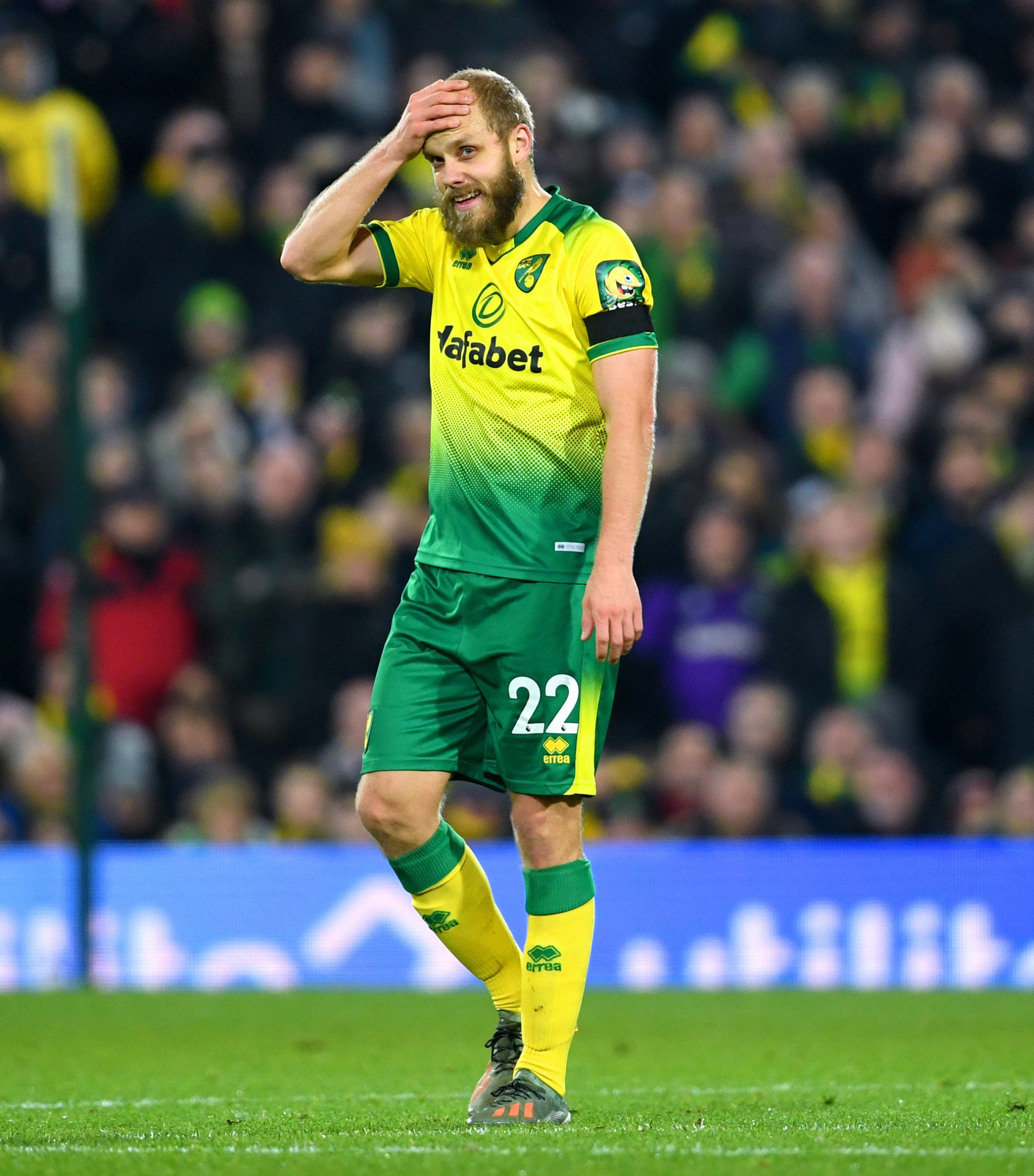
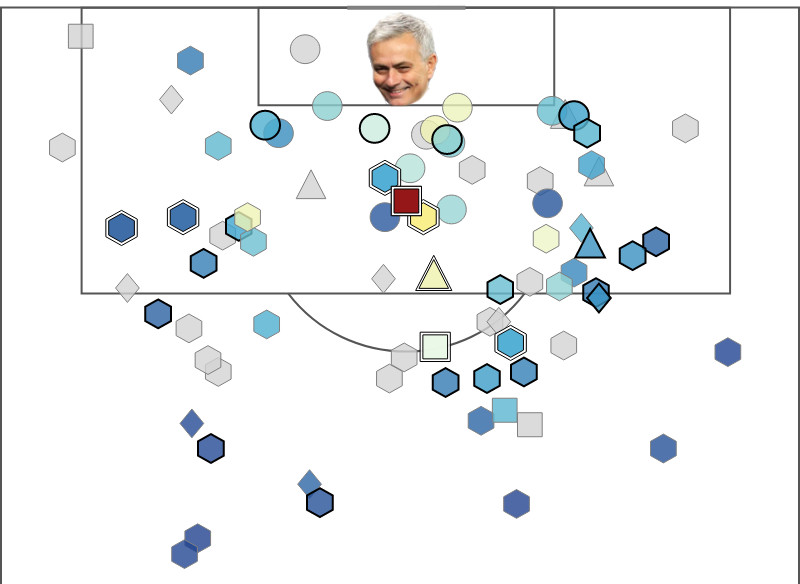
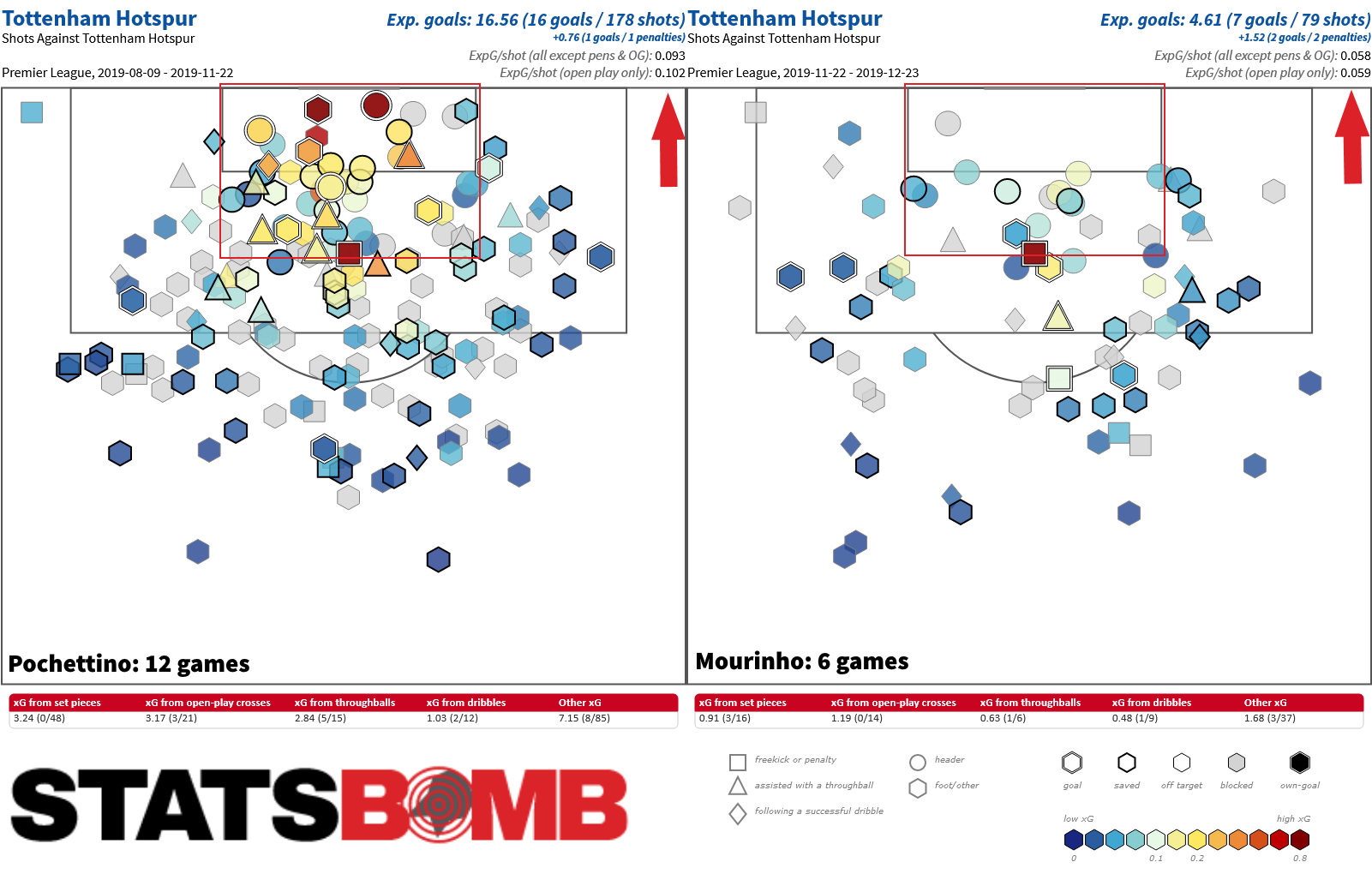 In those six games, Tottenham's non-penalty expected goals against is 0.76 per game and only Manchester City's is better (0.69). The volume ain't great at 13 per game, but on the whole these aren't good shots. Consider the difference in the prime location highlighted. Under Pochettino, Spurs were conceding a goal a game from shots in that close, optimal zone. Now? A couple of headers and less than one footed shot per game (I count four in total and just one goal). In fact the two goals near the penalty spot were both 95th minute efforts to bring West Ham and Bournemouth back to 3-2 with no time left to even think of an equaliser. Essentially, the majority of the goals they have conceded that mattered have been either fairly low probability (Marcus Rashford: 0.02, Willian: 0.03, Adama Traoré: 0.05) or penalties that were, well, avoidable. The average value of an opponent shot since Pochettino left has almost halved, particularly in open play with a drop down from 0.10 per shot to 0.06. What's the flip side? Three goals allowed from set-pieces compared to none before. Still, it's a start. Now what about that attack? And the midfield? 2. Riyad Mahrez should play more Over at Manchester City, Raheem Sterling has been near ever present and solid as ever while Kevin De Bruyne has rightly garnished many plaudits with an electric combination of relentless assisting and superlative finishing. However, injuries and selection choices have meant Manchester City's barnstorming attack has seen a varied mix of players contributing. As such, Riyad Mahrez's influence on the side may have been overlooked a little, not least by Pep Guardiola as he's only played about half the available time in the Premier League this season. Amazingly, the top five players for a combination of expected goals and expected goals assisted are all Manchester City players:
In those six games, Tottenham's non-penalty expected goals against is 0.76 per game and only Manchester City's is better (0.69). The volume ain't great at 13 per game, but on the whole these aren't good shots. Consider the difference in the prime location highlighted. Under Pochettino, Spurs were conceding a goal a game from shots in that close, optimal zone. Now? A couple of headers and less than one footed shot per game (I count four in total and just one goal). In fact the two goals near the penalty spot were both 95th minute efforts to bring West Ham and Bournemouth back to 3-2 with no time left to even think of an equaliser. Essentially, the majority of the goals they have conceded that mattered have been either fairly low probability (Marcus Rashford: 0.02, Willian: 0.03, Adama Traoré: 0.05) or penalties that were, well, avoidable. The average value of an opponent shot since Pochettino left has almost halved, particularly in open play with a drop down from 0.10 per shot to 0.06. What's the flip side? Three goals allowed from set-pieces compared to none before. Still, it's a start. Now what about that attack? And the midfield? 2. Riyad Mahrez should play more Over at Manchester City, Raheem Sterling has been near ever present and solid as ever while Kevin De Bruyne has rightly garnished many plaudits with an electric combination of relentless assisting and superlative finishing. However, injuries and selection choices have meant Manchester City's barnstorming attack has seen a varied mix of players contributing. As such, Riyad Mahrez's influence on the side may have been overlooked a little, not least by Pep Guardiola as he's only played about half the available time in the Premier League this season. Amazingly, the top five players for a combination of expected goals and expected goals assisted are all Manchester City players: 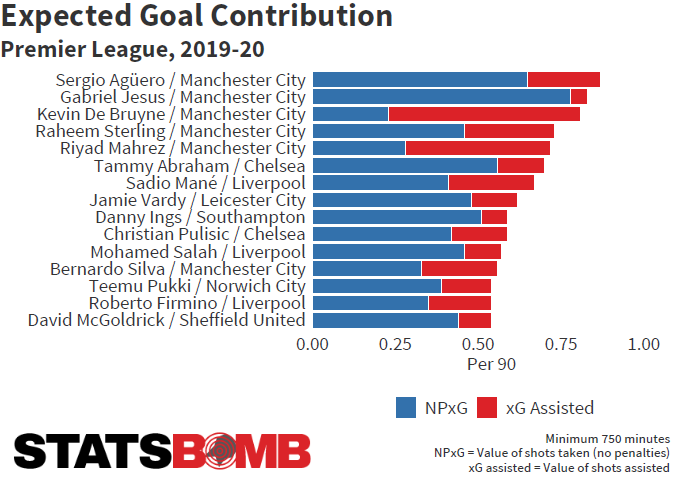
 It could be down to the fact that Jesus is two and a half goals behind expectation this season and that itself is nothing new. Last season he had a lot more substitute minutes and found himself three goals behind expectation, while the year before he was about break even. Is he a sub par finisher? It's a consideration to make, for sure. It might seem odd to conceive a 39 cap Brazilian international Copa America winner as a potential breakout player, but Jesus is probably one finishing bender away from being considered effectively world class. At his age playing for one of the best teams in the world, he should get all the help he needs to step up to the true elite, but perhaps it's a shame Mikel Arteta has gone to Arsenal, given the reporting around his help to Raheem Sterling over the years. Jesus has all the makings and has every opportunity, he's just got to find a way to score more goals. 4. Jack Grealish In April 2016, I watched a doomed to relegation Eric Black-led Aston Villa lose 4-0 to a Chelsea side that included Matt Miazga and Alexandre Pato. That day, most of the crowd were dead set on hurling abuse at Leandro Bacuna who had been recently interviewed and suggested he would like to play in the Champions League. It wasn't the best environment and with fifteen minutes to go a deluge of protest leaflets were hurled onto the pitch in paper airplane form, some travelling well into midfield as they cascaded down from high in the stands. On the bench to start and on the pitch by then as a 66th minute substitute was Jack Grealish. In warm-ups he was the only Villa player who engaged with the fans and after the match he was the only player who went round the pitch and applauded them. This bond between the local lad and his supporters may go some way to explain why Grealish remains at Villa; and the only player who remains from that ill-fated campaign. He may have been Villa's brightest future star then, but now, at 24 years old he is now clearly their best player and in his first season back in the Premier League is showing all the hallmarks of an elite talent. The parallels with James Maddison are obvious, in both hair and output as well as how they lit up the Championship before showing their worth in the top division. While Maddison's comfort in the league is certain as he occupies a top four slot with Leicester, Grealish's future remains less clear in two ways; Villa are parked precariously in 18th with the worst expected goals against in the league (1.9 per game) and his best position remains uncertain. He's on record as saying he prefers playing in midfield, but his recent burst of form has been from a place on the left side of a front three. If we dive into the stats we see a player with a fairly scarce profile: he ranks seventh for successful open play passes into the box but completes these passes at a rate higher than anyone who attempts them at this kind of volume:
It could be down to the fact that Jesus is two and a half goals behind expectation this season and that itself is nothing new. Last season he had a lot more substitute minutes and found himself three goals behind expectation, while the year before he was about break even. Is he a sub par finisher? It's a consideration to make, for sure. It might seem odd to conceive a 39 cap Brazilian international Copa America winner as a potential breakout player, but Jesus is probably one finishing bender away from being considered effectively world class. At his age playing for one of the best teams in the world, he should get all the help he needs to step up to the true elite, but perhaps it's a shame Mikel Arteta has gone to Arsenal, given the reporting around his help to Raheem Sterling over the years. Jesus has all the makings and has every opportunity, he's just got to find a way to score more goals. 4. Jack Grealish In April 2016, I watched a doomed to relegation Eric Black-led Aston Villa lose 4-0 to a Chelsea side that included Matt Miazga and Alexandre Pato. That day, most of the crowd were dead set on hurling abuse at Leandro Bacuna who had been recently interviewed and suggested he would like to play in the Champions League. It wasn't the best environment and with fifteen minutes to go a deluge of protest leaflets were hurled onto the pitch in paper airplane form, some travelling well into midfield as they cascaded down from high in the stands. On the bench to start and on the pitch by then as a 66th minute substitute was Jack Grealish. In warm-ups he was the only Villa player who engaged with the fans and after the match he was the only player who went round the pitch and applauded them. This bond between the local lad and his supporters may go some way to explain why Grealish remains at Villa; and the only player who remains from that ill-fated campaign. He may have been Villa's brightest future star then, but now, at 24 years old he is now clearly their best player and in his first season back in the Premier League is showing all the hallmarks of an elite talent. The parallels with James Maddison are obvious, in both hair and output as well as how they lit up the Championship before showing their worth in the top division. While Maddison's comfort in the league is certain as he occupies a top four slot with Leicester, Grealish's future remains less clear in two ways; Villa are parked precariously in 18th with the worst expected goals against in the league (1.9 per game) and his best position remains uncertain. He's on record as saying he prefers playing in midfield, but his recent burst of form has been from a place on the left side of a front three. If we dive into the stats we see a player with a fairly scarce profile: he ranks seventh for successful open play passes into the box but completes these passes at a rate higher than anyone who attempts them at this kind of volume: 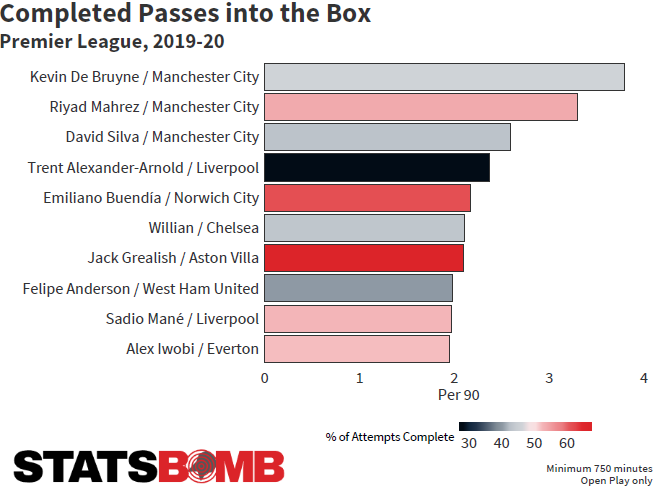
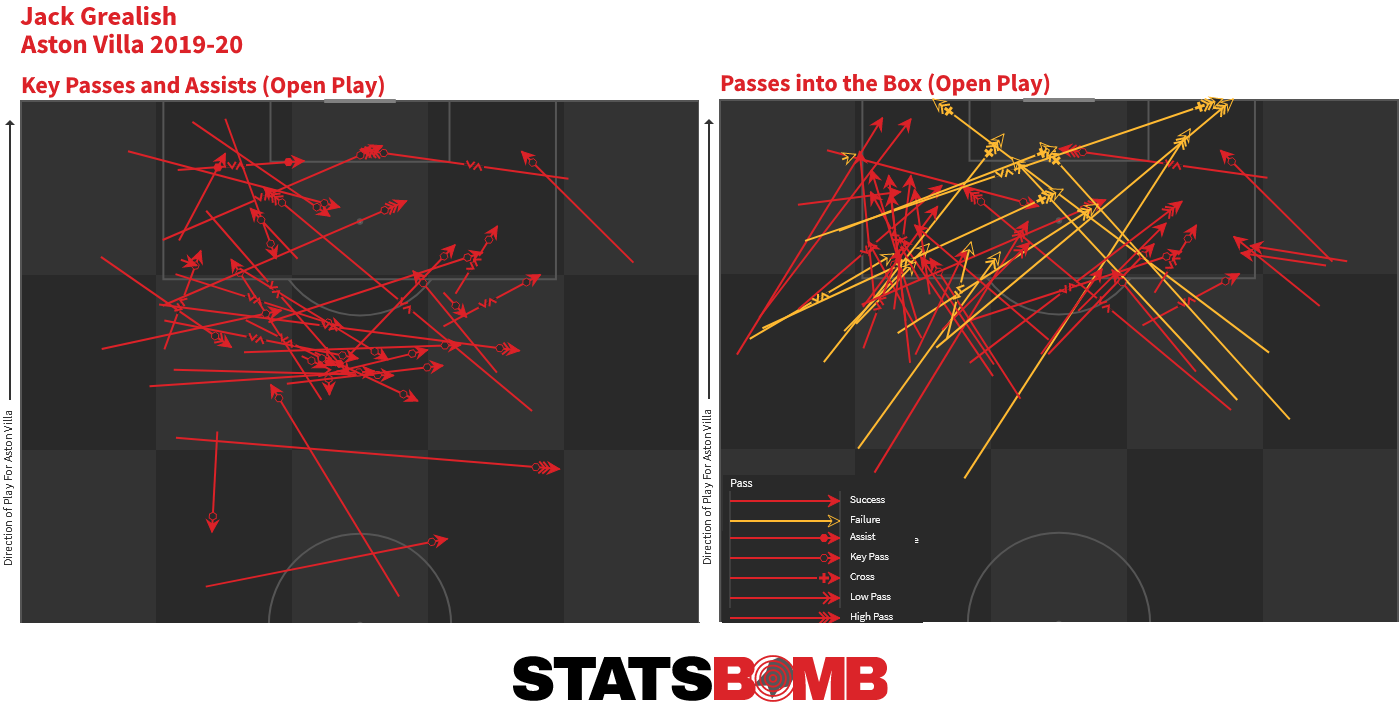 He is a prodigious ball carrier too: he carries the ball in possession further than all but four players (from which are included stat favourites Adama Traoré and Allan Saint-Maximin) and he wins more fouls than anyone in the league by a large margin: 4.71 per 90, the next best is more than one whole foul behind. And all on essentially a struggling team. Four assists and five goals specs out at a goal contribution of around once every two games and he is well on target to exceed totals from his previous seasons. He dominates the Villa roster in nearly all creative and passing metrics and in a team that enters the box via crossing more than any in the league (38% of box entries are via a cross) he is the solitary antidote (his rate is 7%). If we're being critical that propensity to carry the ball and not release sooner could be worked on, but as long as his passing metrics are progressing as they have this season, it's a minor gripe. What's next for Grealish may well be dependent on his own form. With Villa under threat of relegation his creativity may be decisive in how many points they pick up going forward. With good form and good fortune, he could stay in the league as the king of a smaller castle (if a question remains-- it is if this is what suits him best?), but should they fall through the trapdoor and return to the Championship, it will be illogical for him to stay on again. A top six club is surely his next destination--after all Tottenham were thought to have pursued him in the summer of 2018--but which one?
He is a prodigious ball carrier too: he carries the ball in possession further than all but four players (from which are included stat favourites Adama Traoré and Allan Saint-Maximin) and he wins more fouls than anyone in the league by a large margin: 4.71 per 90, the next best is more than one whole foul behind. And all on essentially a struggling team. Four assists and five goals specs out at a goal contribution of around once every two games and he is well on target to exceed totals from his previous seasons. He dominates the Villa roster in nearly all creative and passing metrics and in a team that enters the box via crossing more than any in the league (38% of box entries are via a cross) he is the solitary antidote (his rate is 7%). If we're being critical that propensity to carry the ball and not release sooner could be worked on, but as long as his passing metrics are progressing as they have this season, it's a minor gripe. What's next for Grealish may well be dependent on his own form. With Villa under threat of relegation his creativity may be decisive in how many points they pick up going forward. With good form and good fortune, he could stay in the league as the king of a smaller castle (if a question remains-- it is if this is what suits him best?), but should they fall through the trapdoor and return to the Championship, it will be illogical for him to stay on again. A top six club is surely his next destination--after all Tottenham were thought to have pursued him in the summer of 2018--but which one? 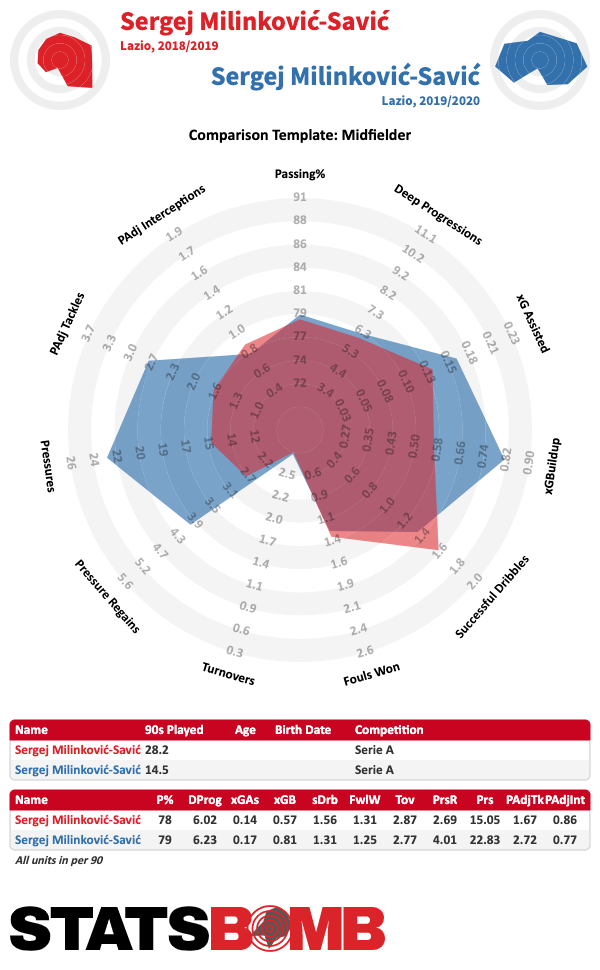
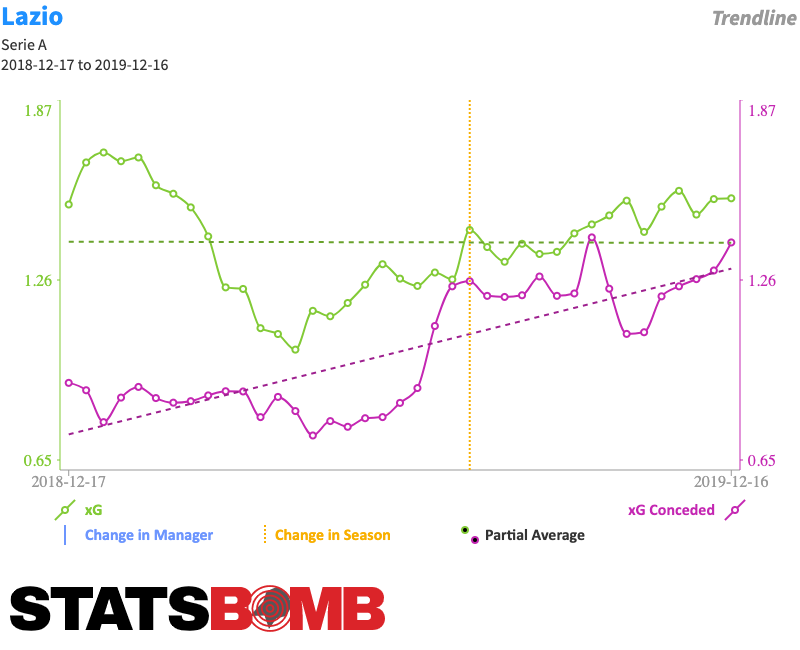
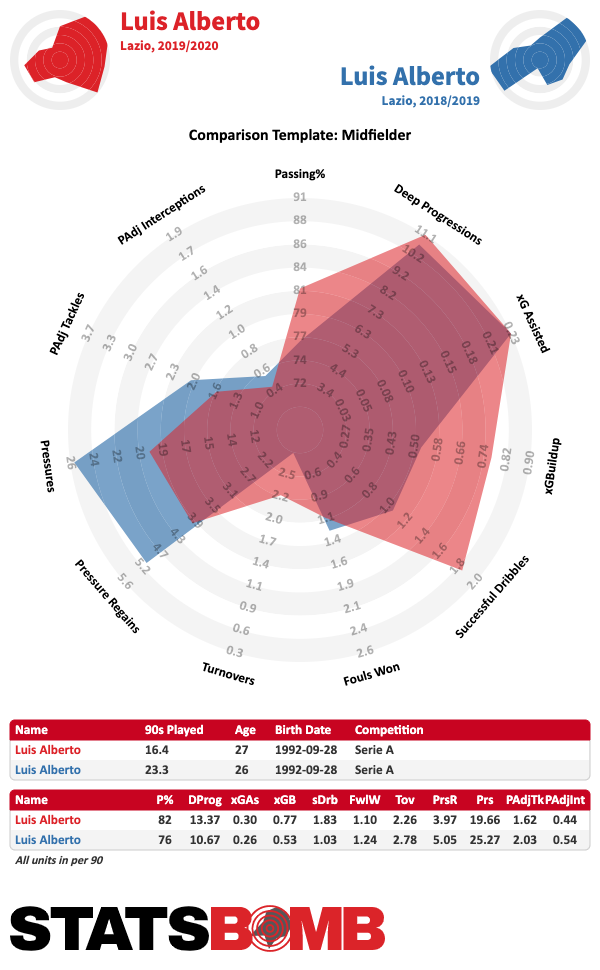
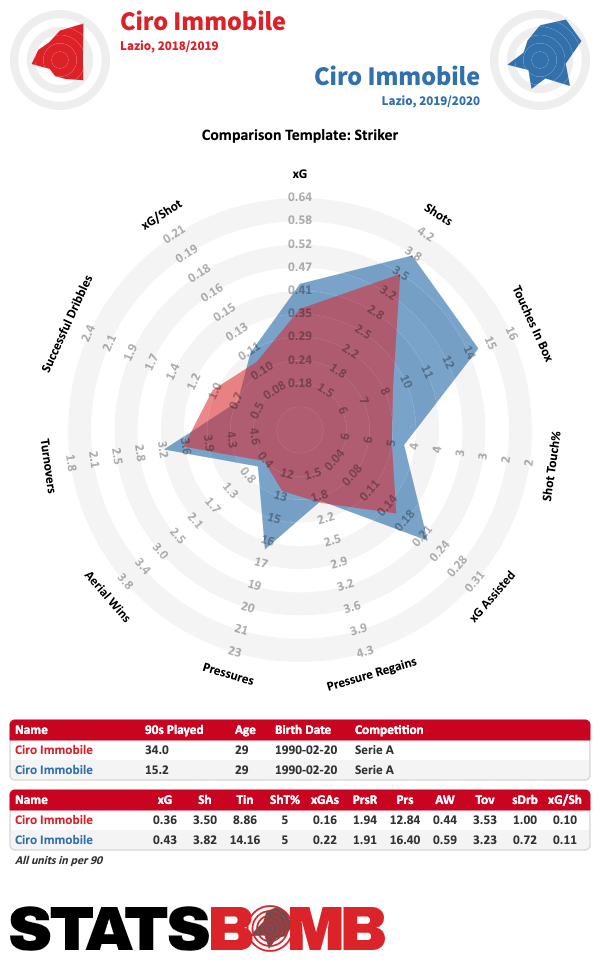
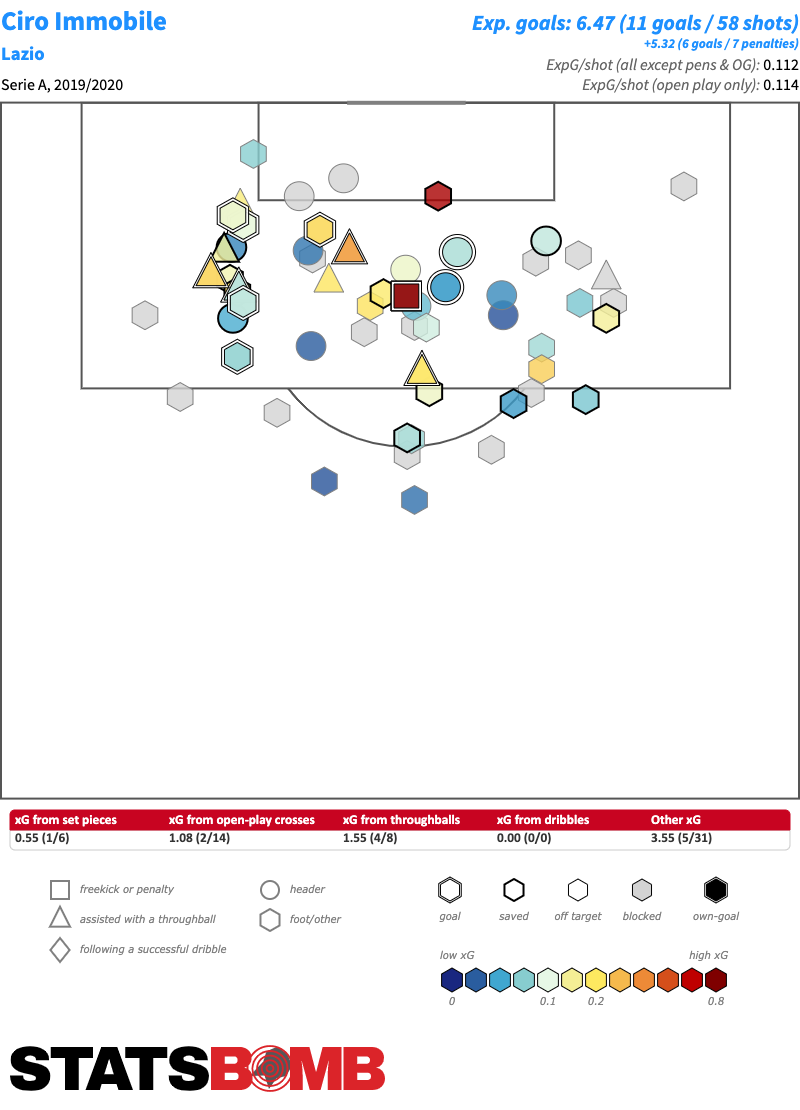
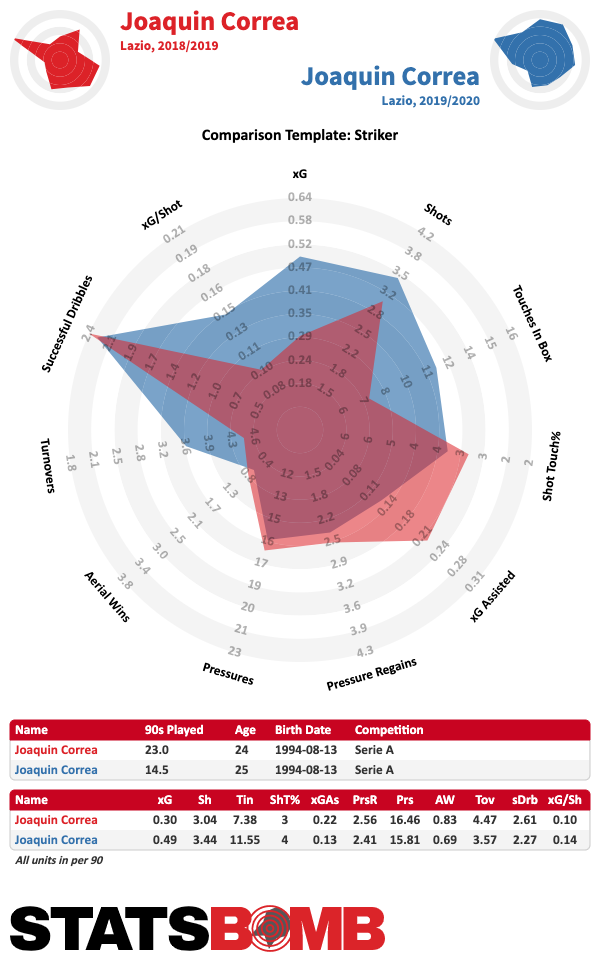
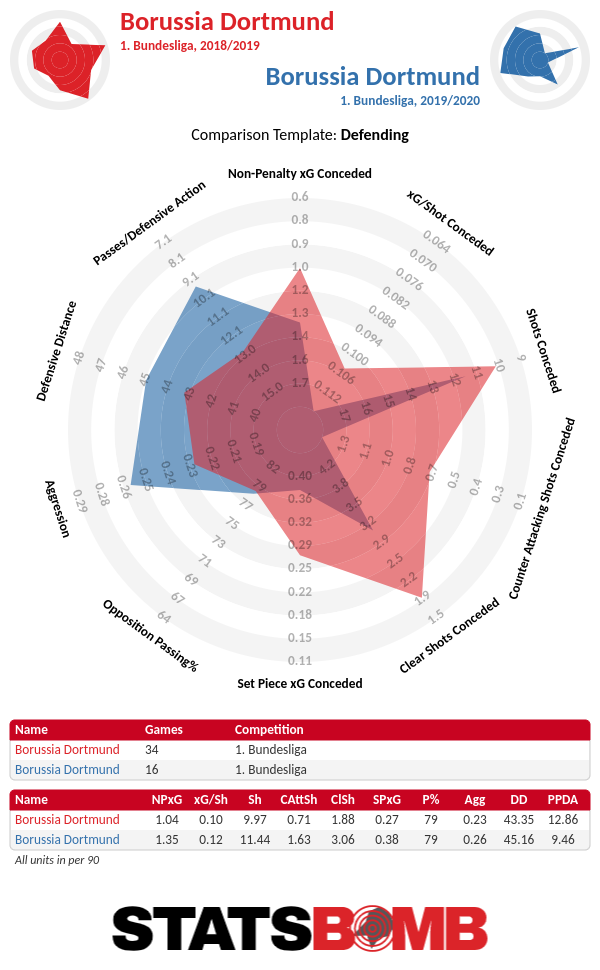
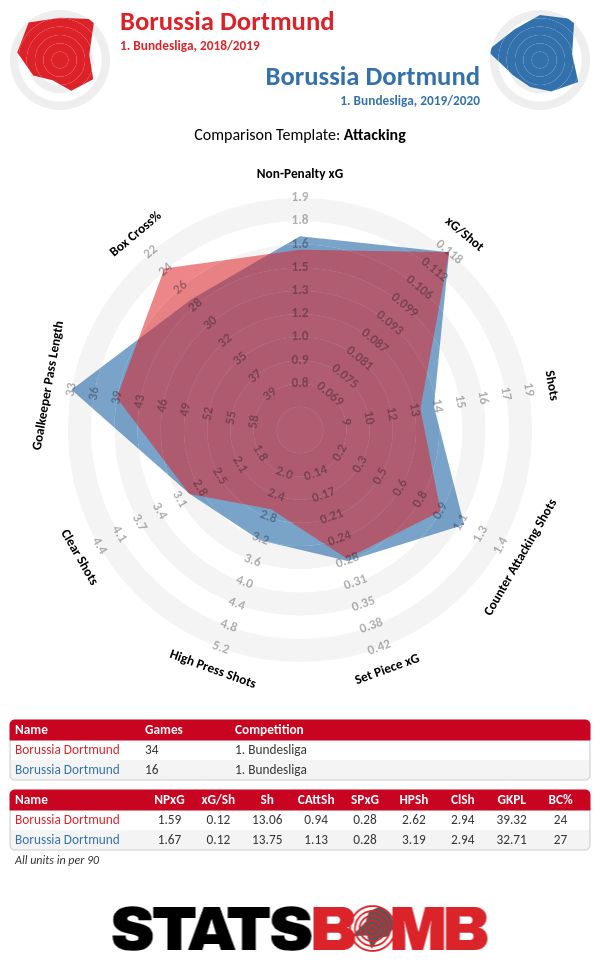
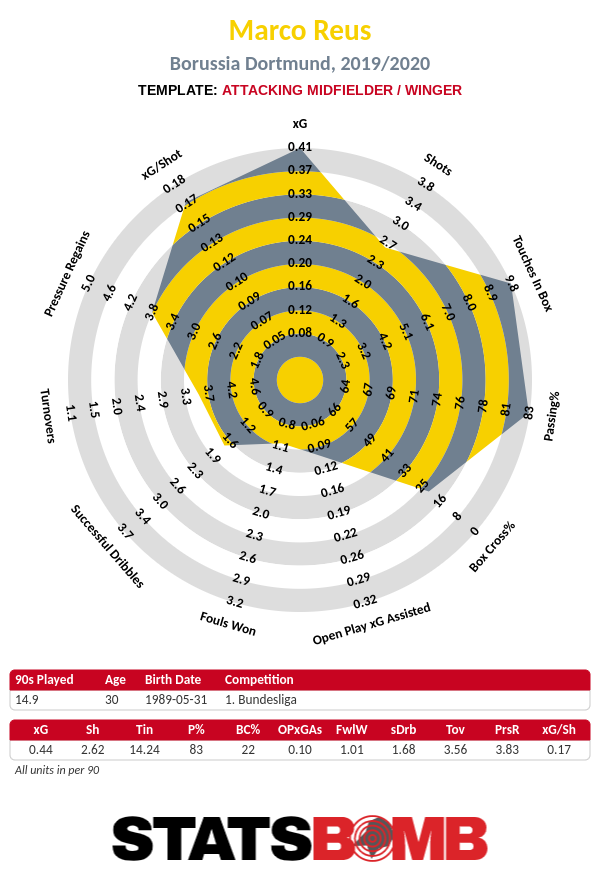
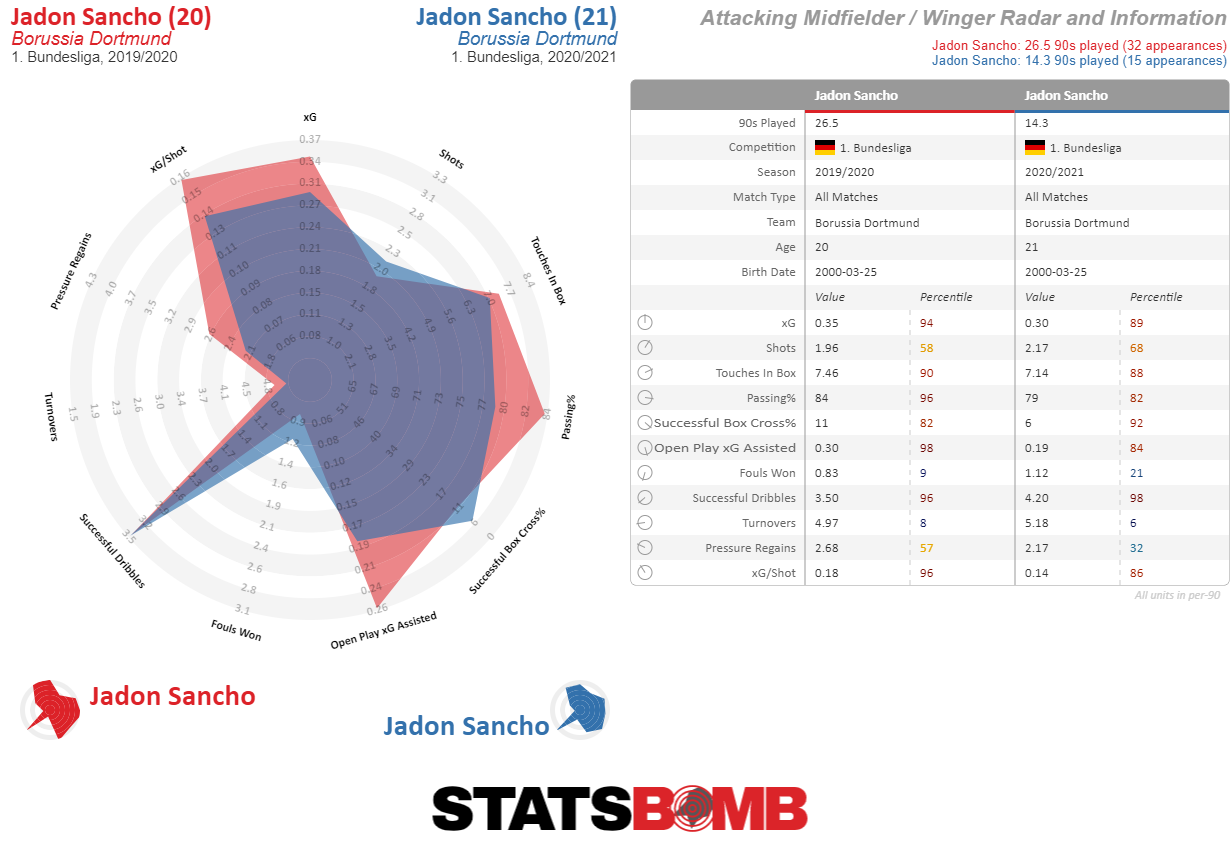
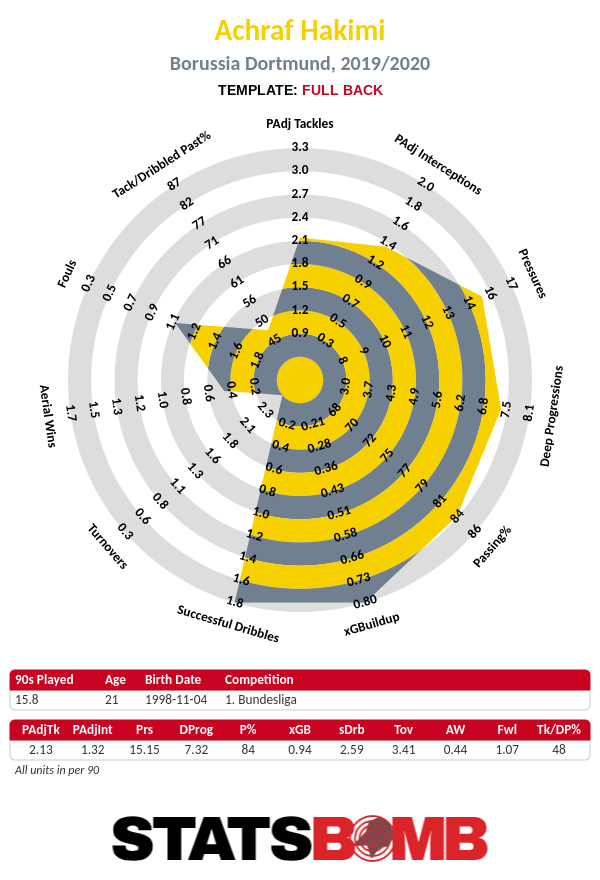
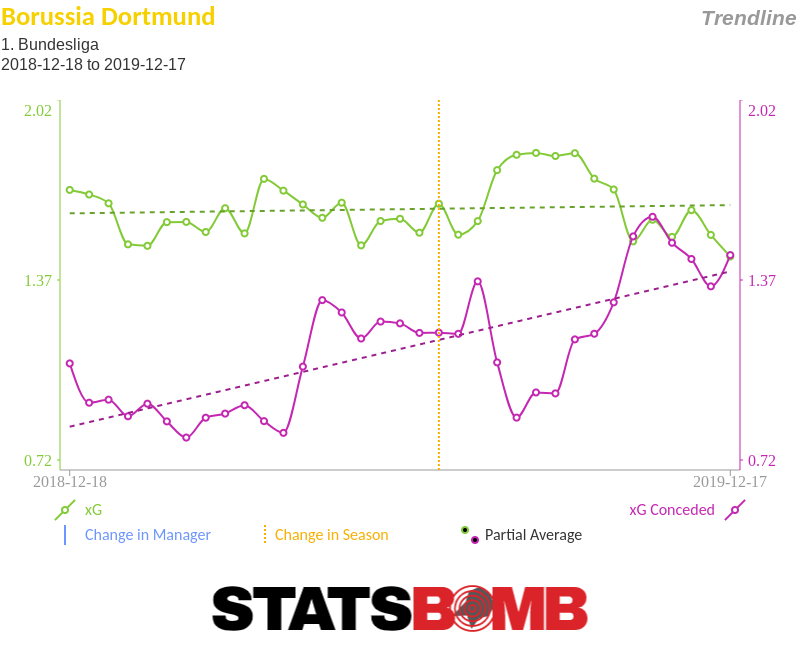
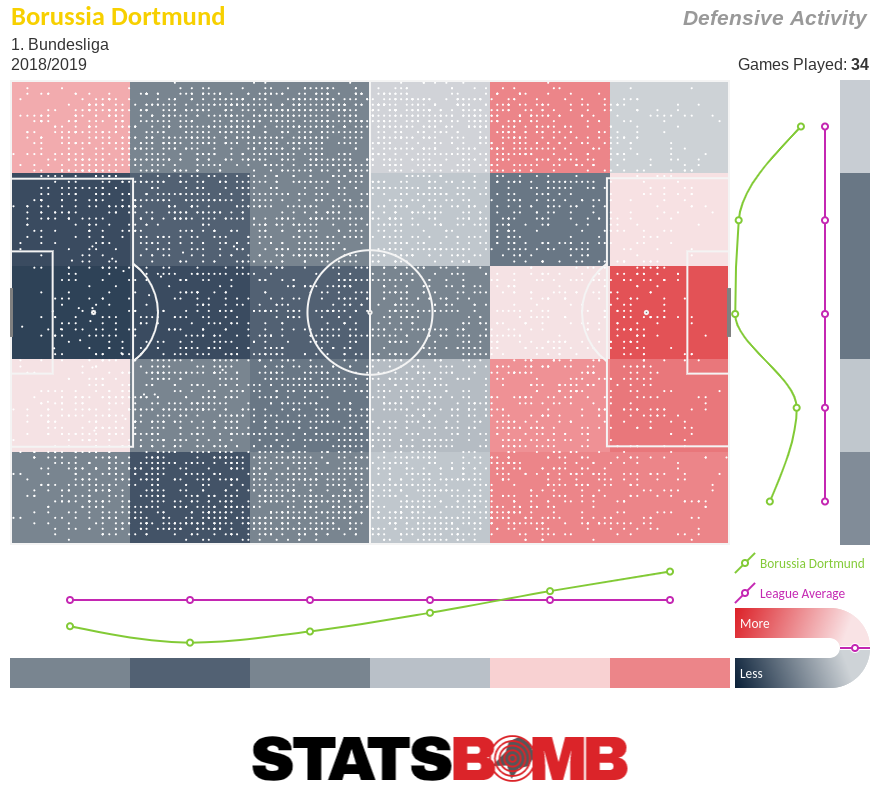
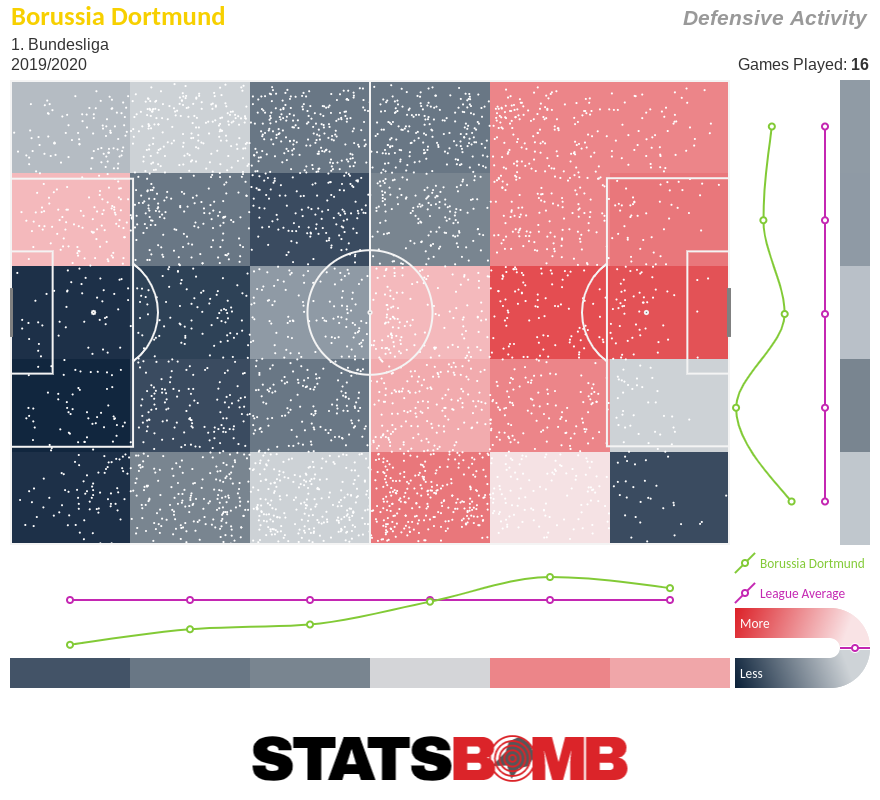
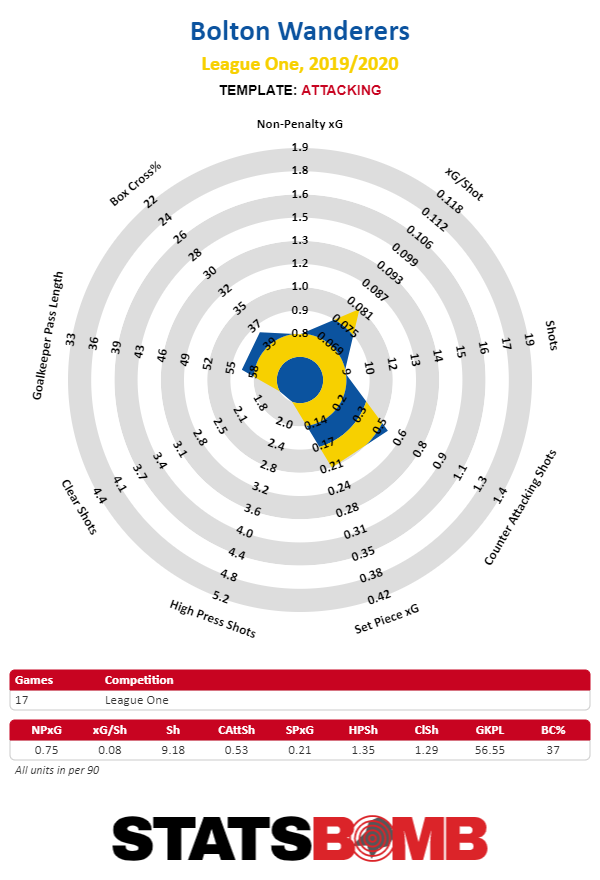
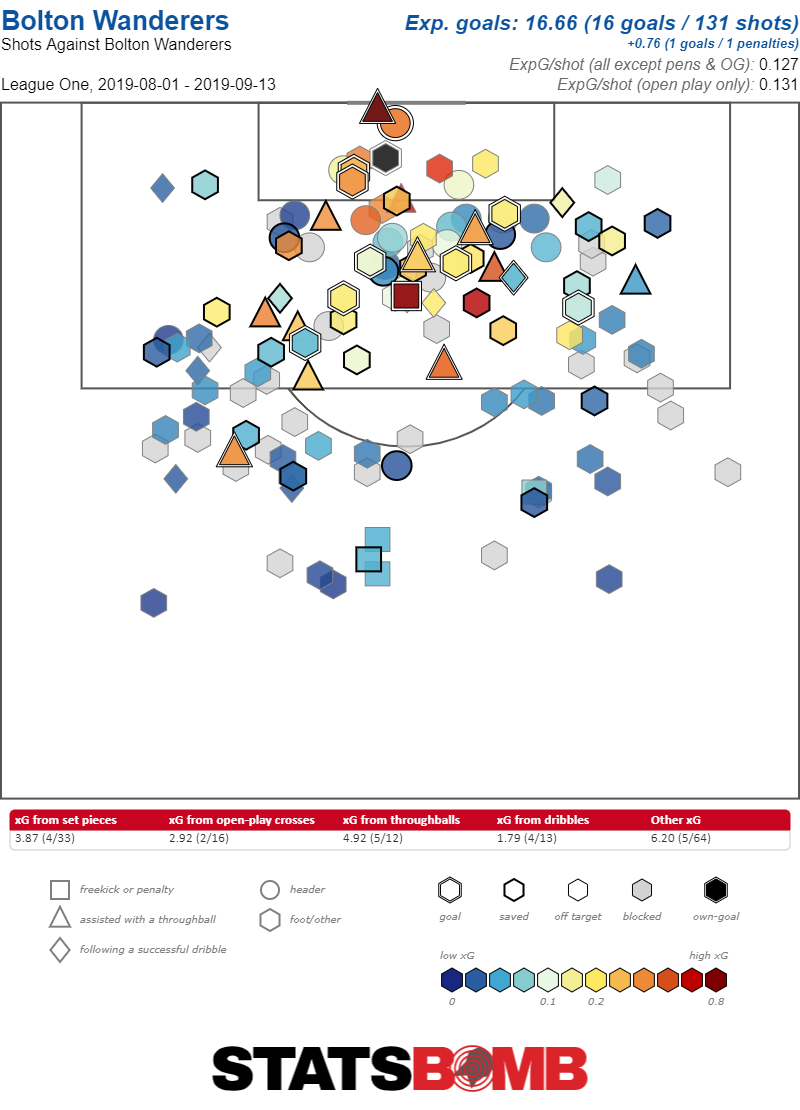
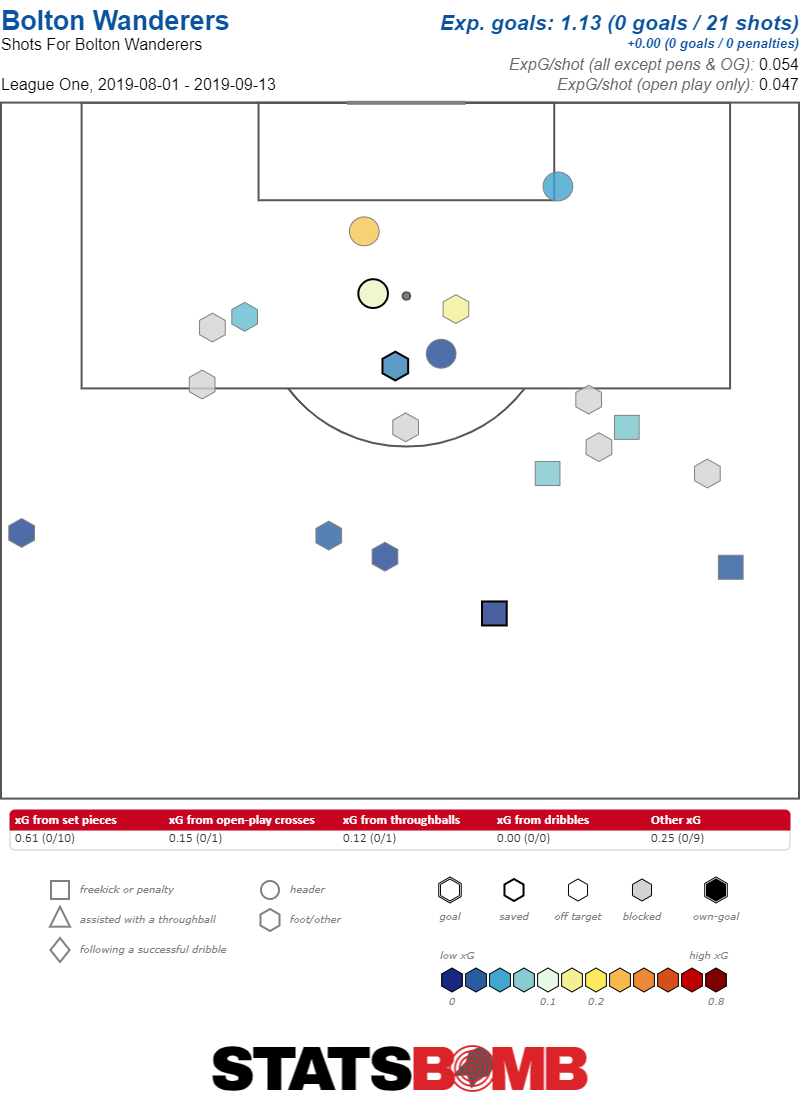 All this and . . . Bolton started the season with a 12-point deduction for going into administration whilst the takeover was in process. That unexpected draw with Coventry took them to -11 points, and begun the long road toward a positive tally. It helped that on August 28th the takeover finally went through and they could sign a few senior professionals for the season. Five games in, but better late than never. Meanwhile, manager Phil Parkinson resigned, understandably exhausted by months of constant pressure and uncertainty around the club's future, whist seldom receiving his salary on time (if at all) for his troubles.
All this and . . . Bolton started the season with a 12-point deduction for going into administration whilst the takeover was in process. That unexpected draw with Coventry took them to -11 points, and begun the long road toward a positive tally. It helped that on August 28th the takeover finally went through and they could sign a few senior professionals for the season. Five games in, but better late than never. Meanwhile, manager Phil Parkinson resigned, understandably exhausted by months of constant pressure and uncertainty around the club's future, whist seldom receiving his salary on time (if at all) for his troubles. 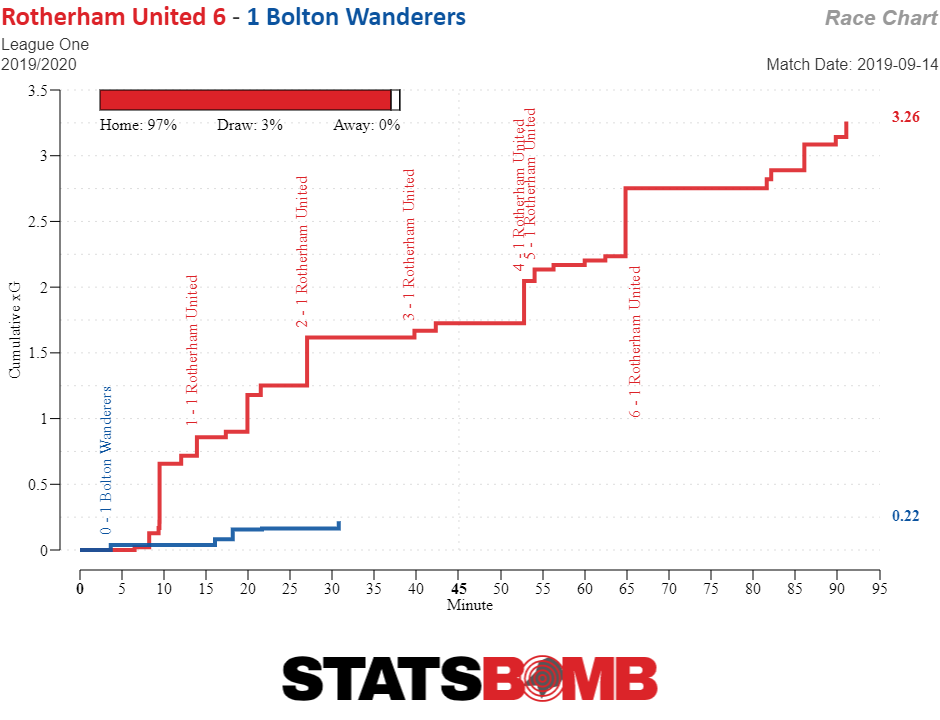 A bit of a downpour on the parade, but
A bit of a downpour on the parade, but 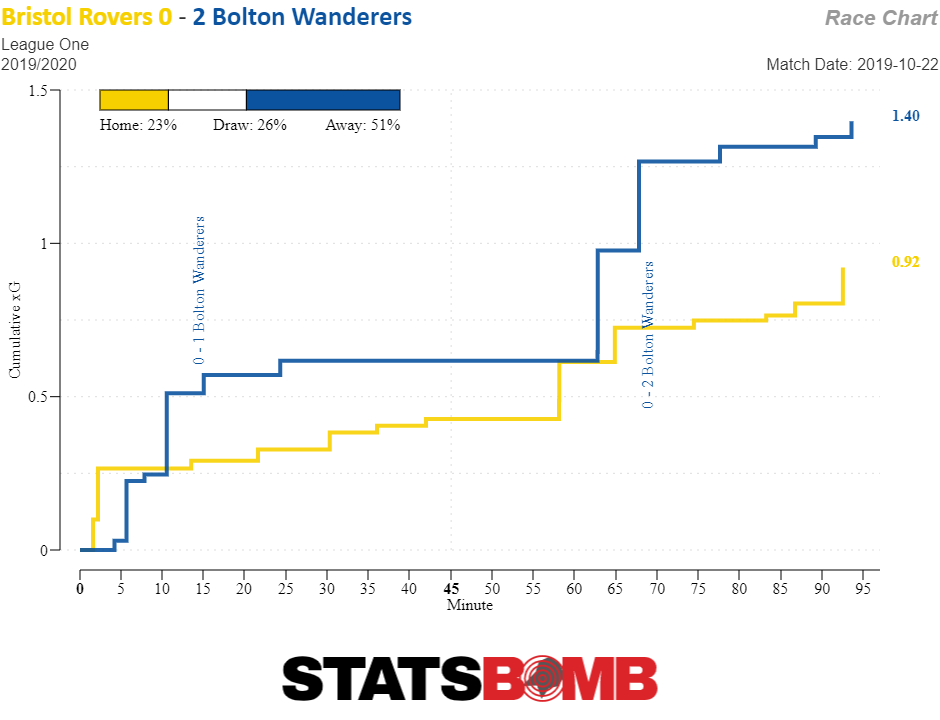 That first win lit the touch paper. The remaining deficit was wiped out within the next two matches as victories over Fleetwood and Milton Keynes saw them hit the milestone that had been objective number one since Hill had taken charge. Clearly the footballing gods decided this was all becoming a bit too much of a fairytale. We all know and love (what do you mean you don’t?) the sacred cliché, 'goals change games'. We all know that red cards change games too. As Bolton went 1–0 up away at Accrington on the back of their three-game winning streak, the omnipotent soccer powers above us decided that a penalty to Accrington and a red card to defender Josh Earl for the offending incident were just recourse to keep fans' feet planted firmly on the ground. They might’ve gone a bit far with the resultant 7–1 hammering, mind.
That first win lit the touch paper. The remaining deficit was wiped out within the next two matches as victories over Fleetwood and Milton Keynes saw them hit the milestone that had been objective number one since Hill had taken charge. Clearly the footballing gods decided this was all becoming a bit too much of a fairytale. We all know and love (what do you mean you don’t?) the sacred cliché, 'goals change games'. We all know that red cards change games too. As Bolton went 1–0 up away at Accrington on the back of their three-game winning streak, the omnipotent soccer powers above us decided that a penalty to Accrington and a red card to defender Josh Earl for the offending incident were just recourse to keep fans' feet planted firmly on the ground. They might’ve gone a bit far with the resultant 7–1 hammering, mind. 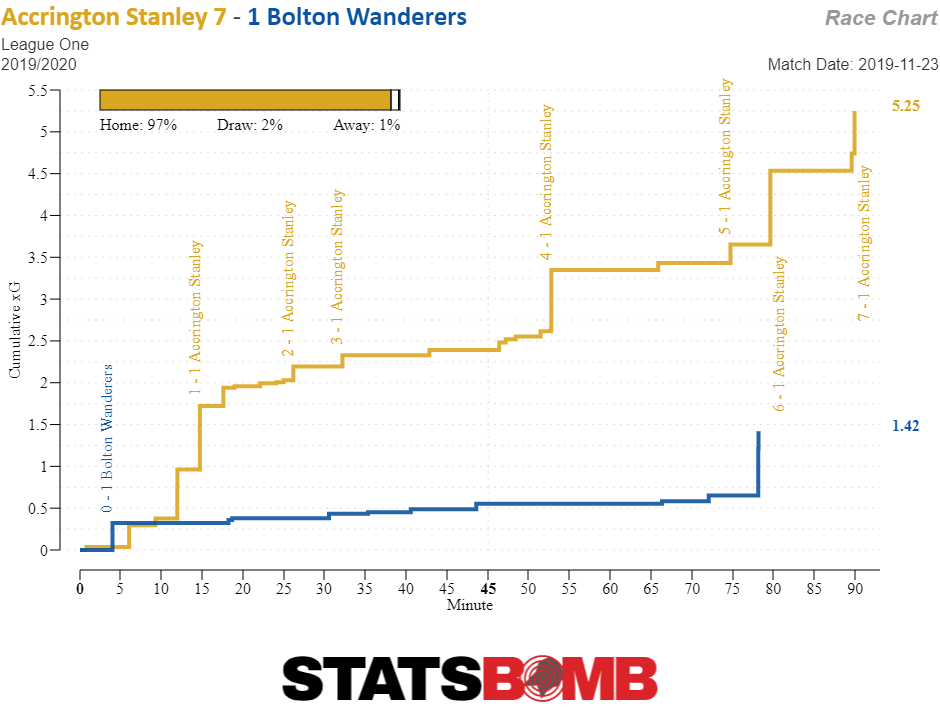 The 95th-minute equaliser at home to AFC Wimbledon restored spirit and belief to keep Bolton’s unlikely mission on track before they became the latest victim to succumb to Peterborough and Ivan Toney last weekend.
The 95th-minute equaliser at home to AFC Wimbledon restored spirit and belief to keep Bolton’s unlikely mission on track before they became the latest victim to succumb to Peterborough and Ivan Toney last weekend. 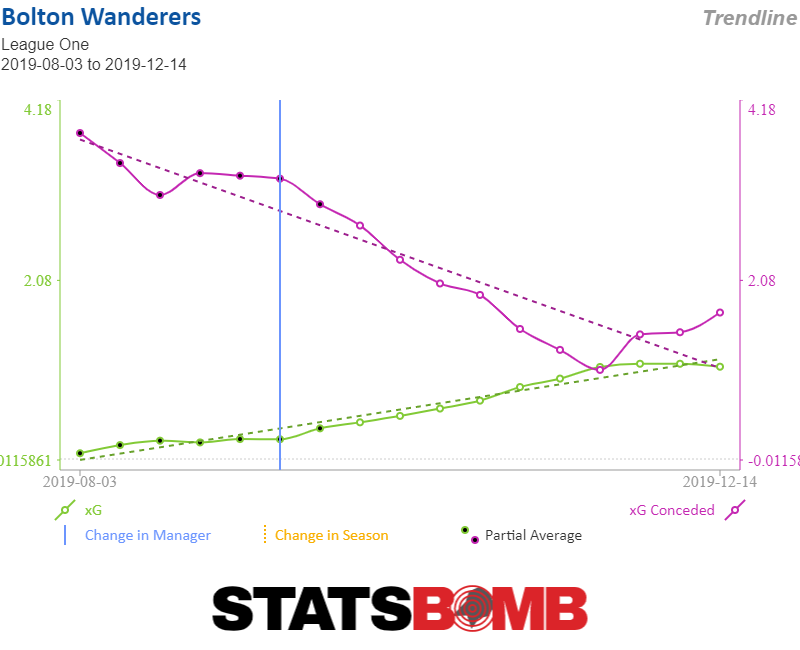 The blue marker shows both when Keith Hill was appointed and when Bolton started fielding senior players. Their league record since that moment is W3 D4 L5 from 12 games, a rate of 1.08 points per game. There are always caveats, but a simplistic projection of that rate over the remainder of the season would leave Bolton on 31 points, well short of the required total to survive. Now to colour it with the necessary context. Bolton have essentially and necessarily been running a pre-season regime during this period, playing against opposition with the privilege of correctly implemented strength and conditioning programmes, able to not only fully recover game-to-game but also play at the peak of their powers. There’s scope to suggest that Bolton should get better as the season wears on and their fitness levels match those of their opponents. It's likely there'll be another minor reshuffling of the pack and the arrival of new faces in January to further mould the side in Hill’s image. This should leave Bolton more competitive and able to pick up points at a higher rate. The major issue remains the mountain that they have to scale. For all the good work that’s been done to get them to a competitive level, that height might be too much. Essentially starting the season from scratch with just two points, they have to pick up more points in a half-season than their relegation rivals will in the full season. The clever clogs at the spread firms suggest the points total needed to survive could end up being as high as 50. That leaves Bolton needing to pick up points at the rate of a play-off standard team for the remainder of the season, which would require yet another large leap forward in their levels of performance. To put it one way, Bolton could win their next eight matches on the spin and would still need to pick up points from then onwards at around the same 1.08ppg rate they’ve managed so far under Hill. To focus in too closely on that would be to lose sight of the bigger picture. No matter what division the club competes in next season, the slate will be wiped clean, the team will start the season with a neutral points tally, hell, they’ll even get a proper pre-season under their belts. There’ll be no fretting over whether or not the season tickets fans purchased will actually manifest into a team to watch on the pitch. This season should’ve been a complete write-off, yet while Bolton’s great escape still isn’t probable, it’s certainly not impossible. And that's an unlikely victory on its own.
The blue marker shows both when Keith Hill was appointed and when Bolton started fielding senior players. Their league record since that moment is W3 D4 L5 from 12 games, a rate of 1.08 points per game. There are always caveats, but a simplistic projection of that rate over the remainder of the season would leave Bolton on 31 points, well short of the required total to survive. Now to colour it with the necessary context. Bolton have essentially and necessarily been running a pre-season regime during this period, playing against opposition with the privilege of correctly implemented strength and conditioning programmes, able to not only fully recover game-to-game but also play at the peak of their powers. There’s scope to suggest that Bolton should get better as the season wears on and their fitness levels match those of their opponents. It's likely there'll be another minor reshuffling of the pack and the arrival of new faces in January to further mould the side in Hill’s image. This should leave Bolton more competitive and able to pick up points at a higher rate. The major issue remains the mountain that they have to scale. For all the good work that’s been done to get them to a competitive level, that height might be too much. Essentially starting the season from scratch with just two points, they have to pick up more points in a half-season than their relegation rivals will in the full season. The clever clogs at the spread firms suggest the points total needed to survive could end up being as high as 50. That leaves Bolton needing to pick up points at the rate of a play-off standard team for the remainder of the season, which would require yet another large leap forward in their levels of performance. To put it one way, Bolton could win their next eight matches on the spin and would still need to pick up points from then onwards at around the same 1.08ppg rate they’ve managed so far under Hill. To focus in too closely on that would be to lose sight of the bigger picture. No matter what division the club competes in next season, the slate will be wiped clean, the team will start the season with a neutral points tally, hell, they’ll even get a proper pre-season under their belts. There’ll be no fretting over whether or not the season tickets fans purchased will actually manifest into a team to watch on the pitch. This season should’ve been a complete write-off, yet while Bolton’s great escape still isn’t probable, it’s certainly not impossible. And that's an unlikely victory on its own.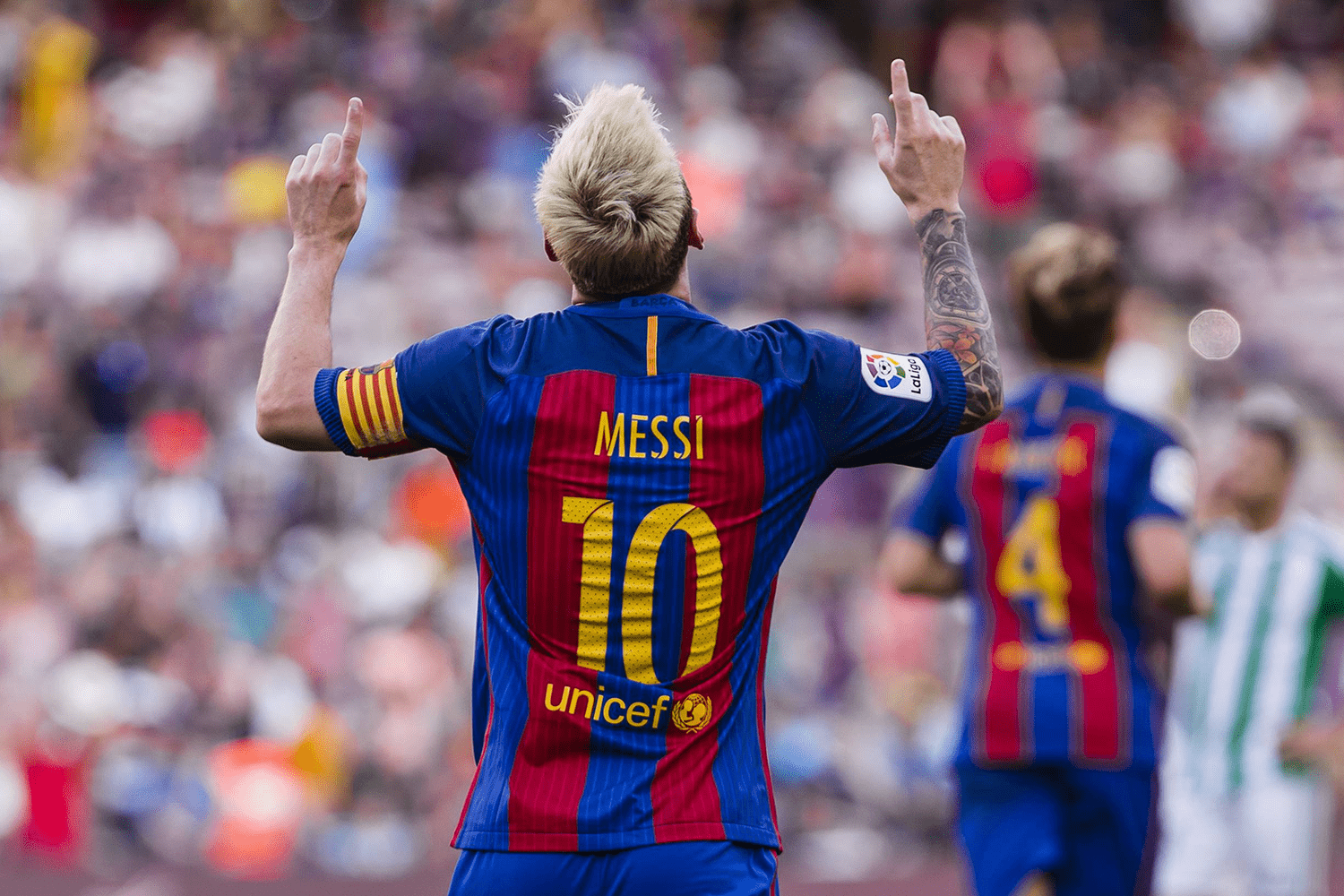
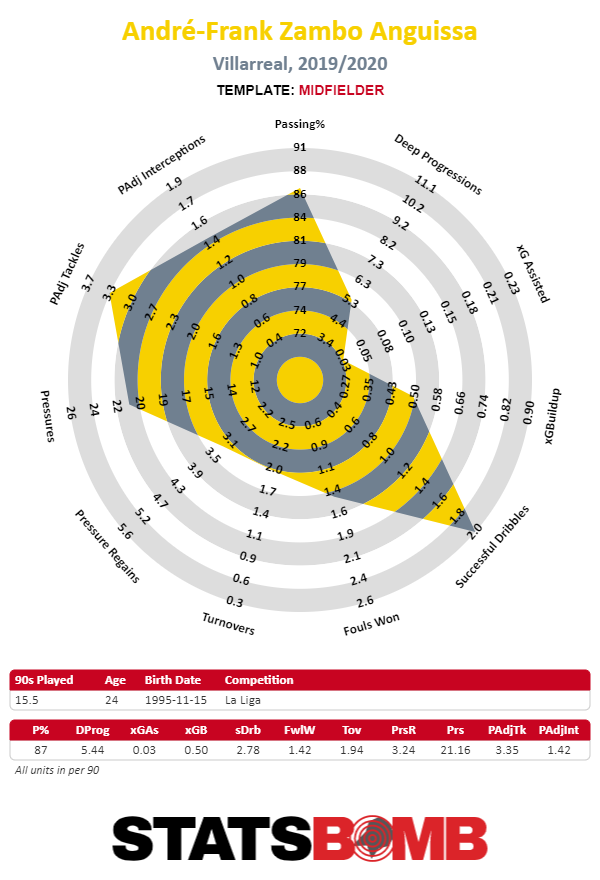
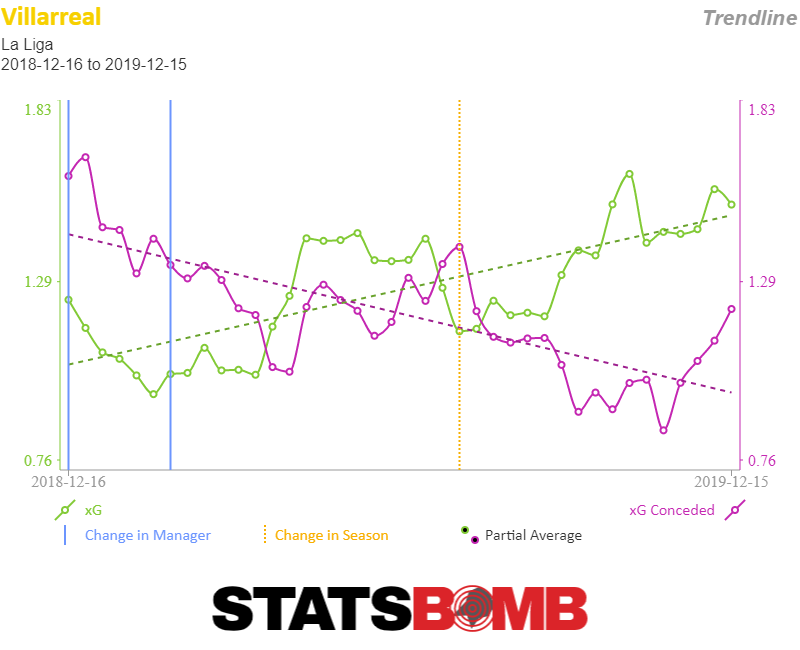
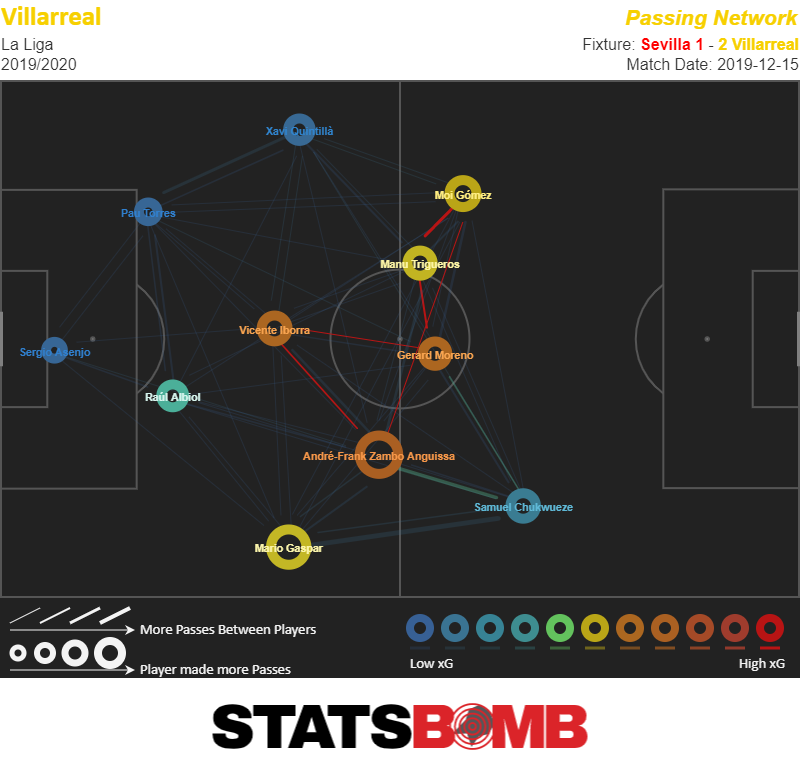
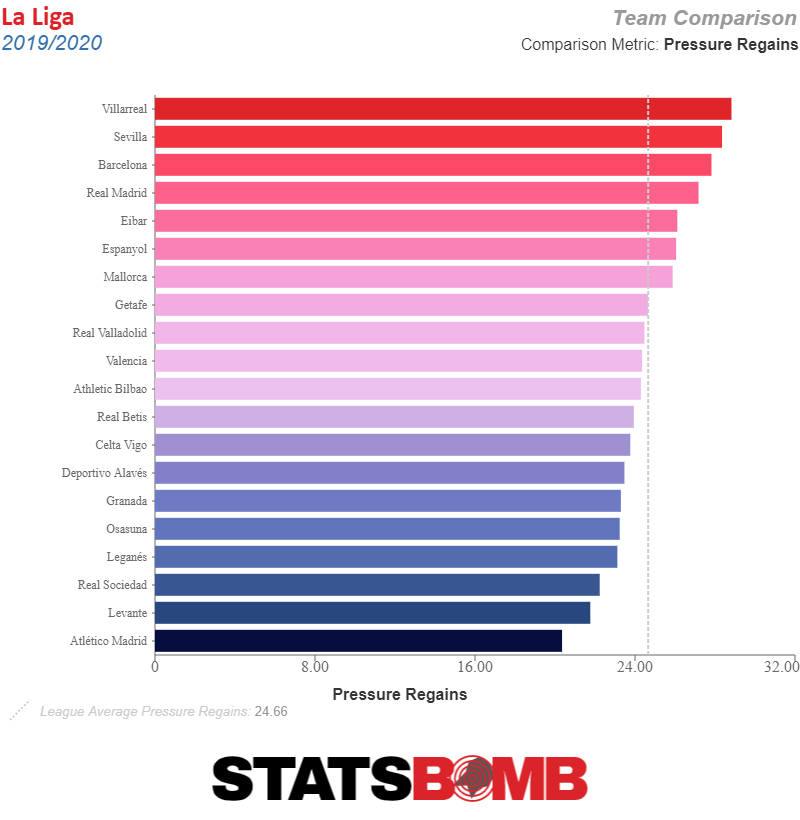
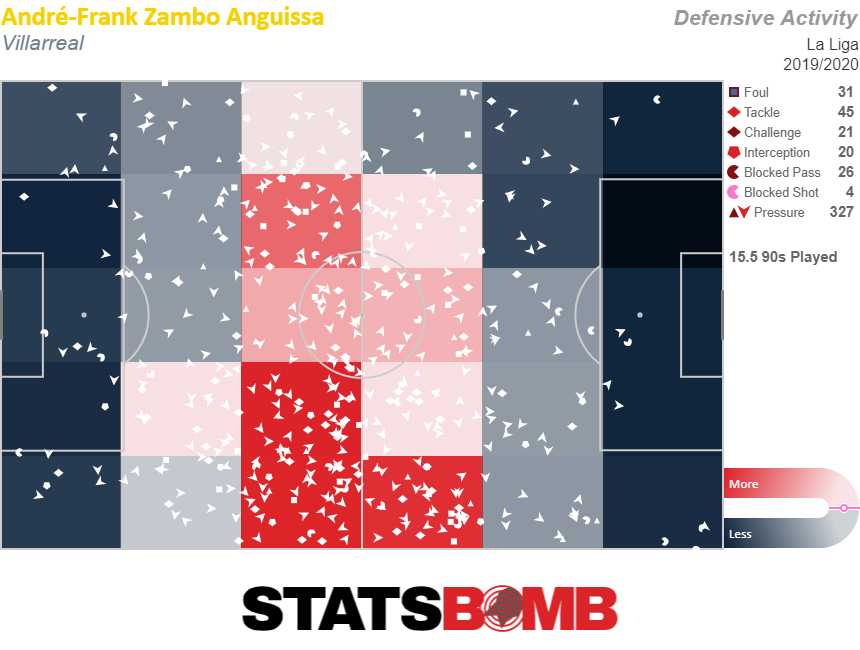
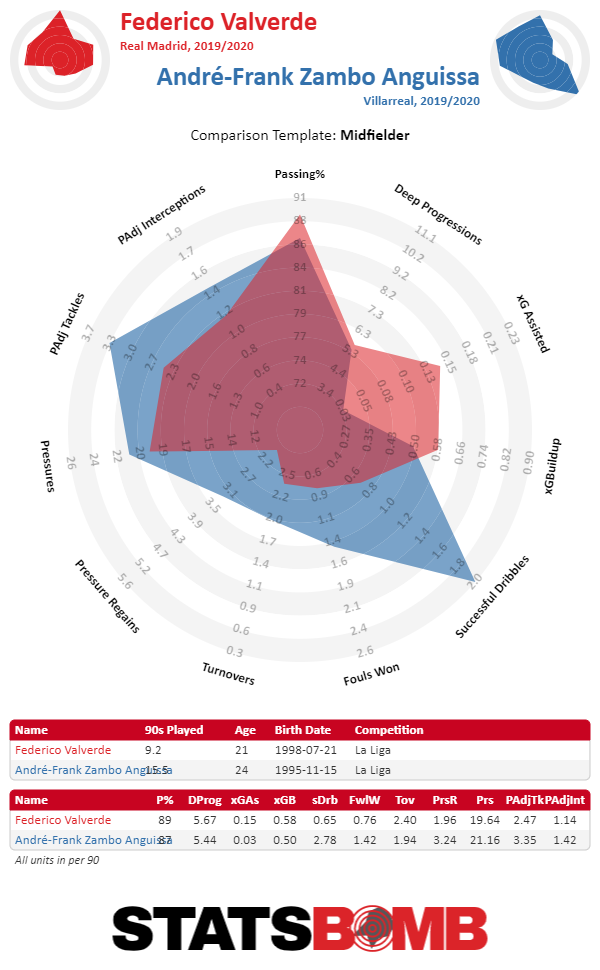
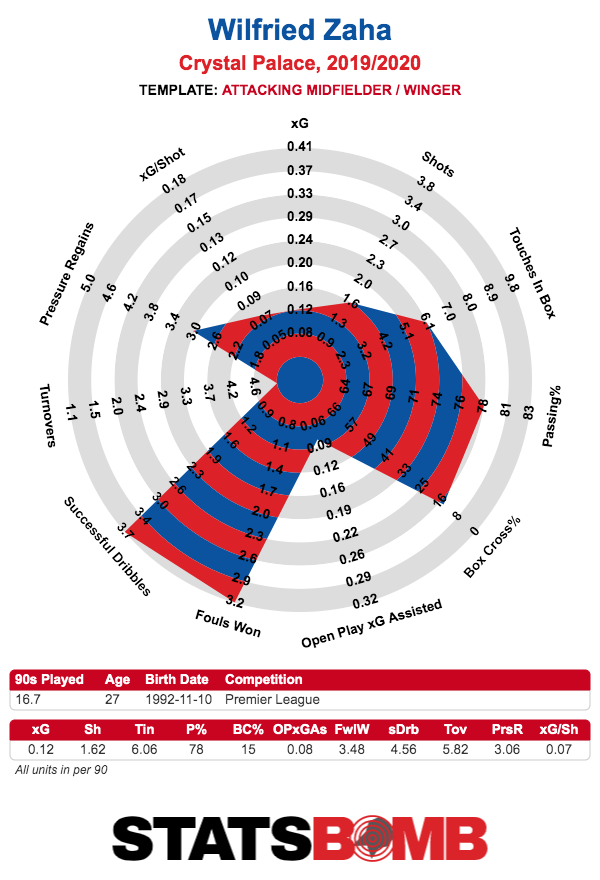
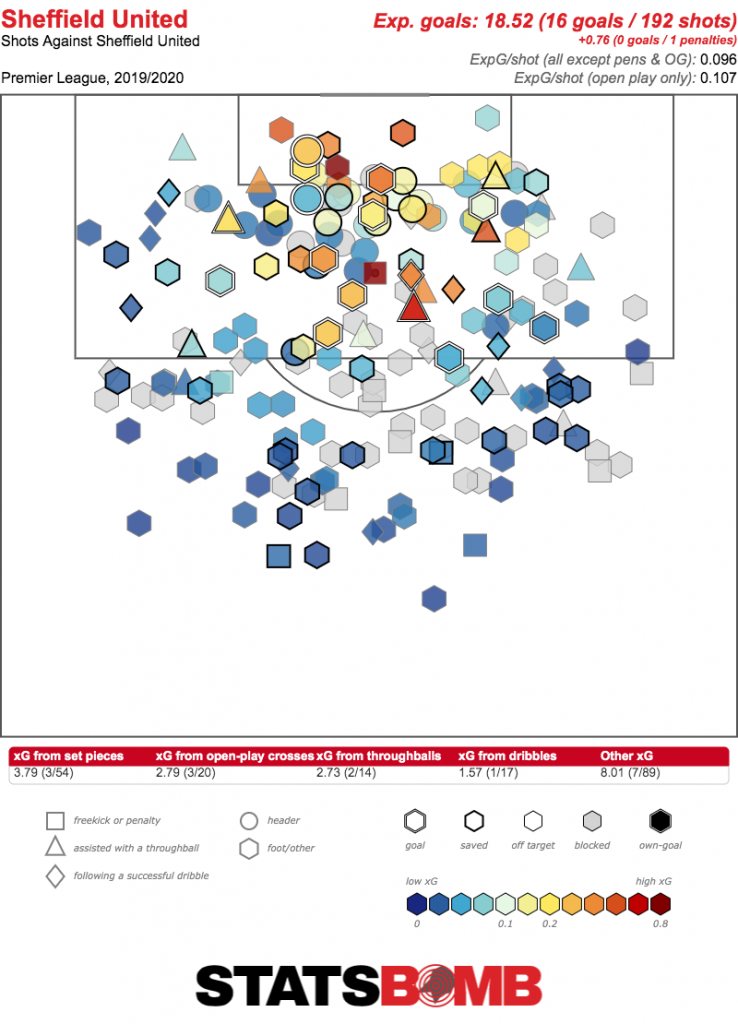
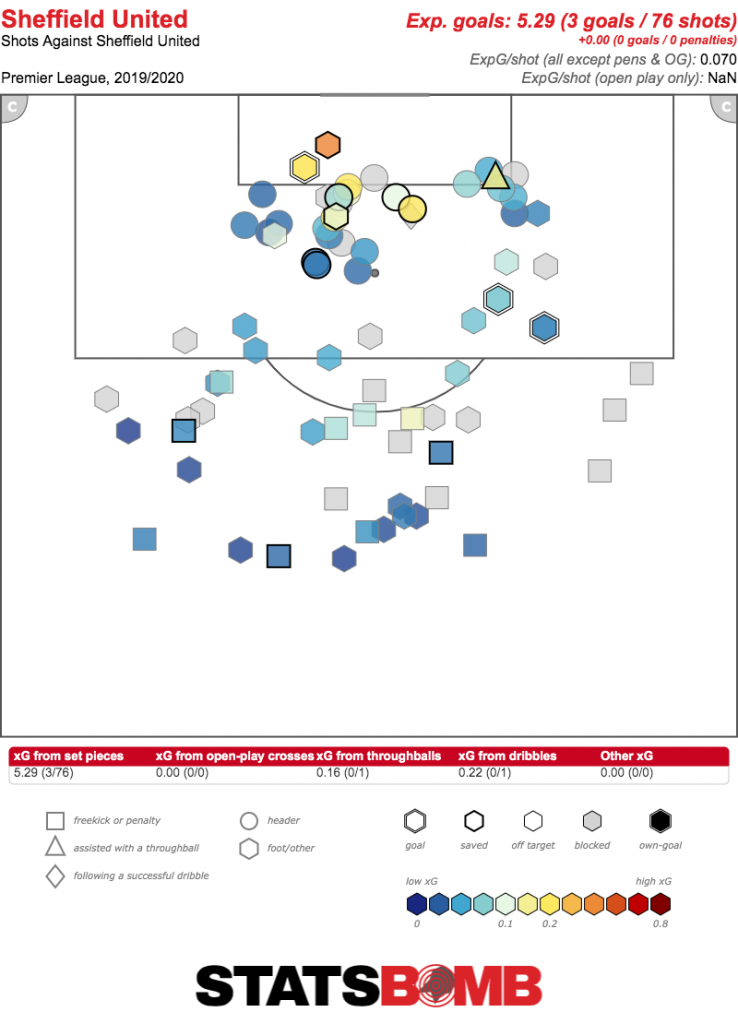
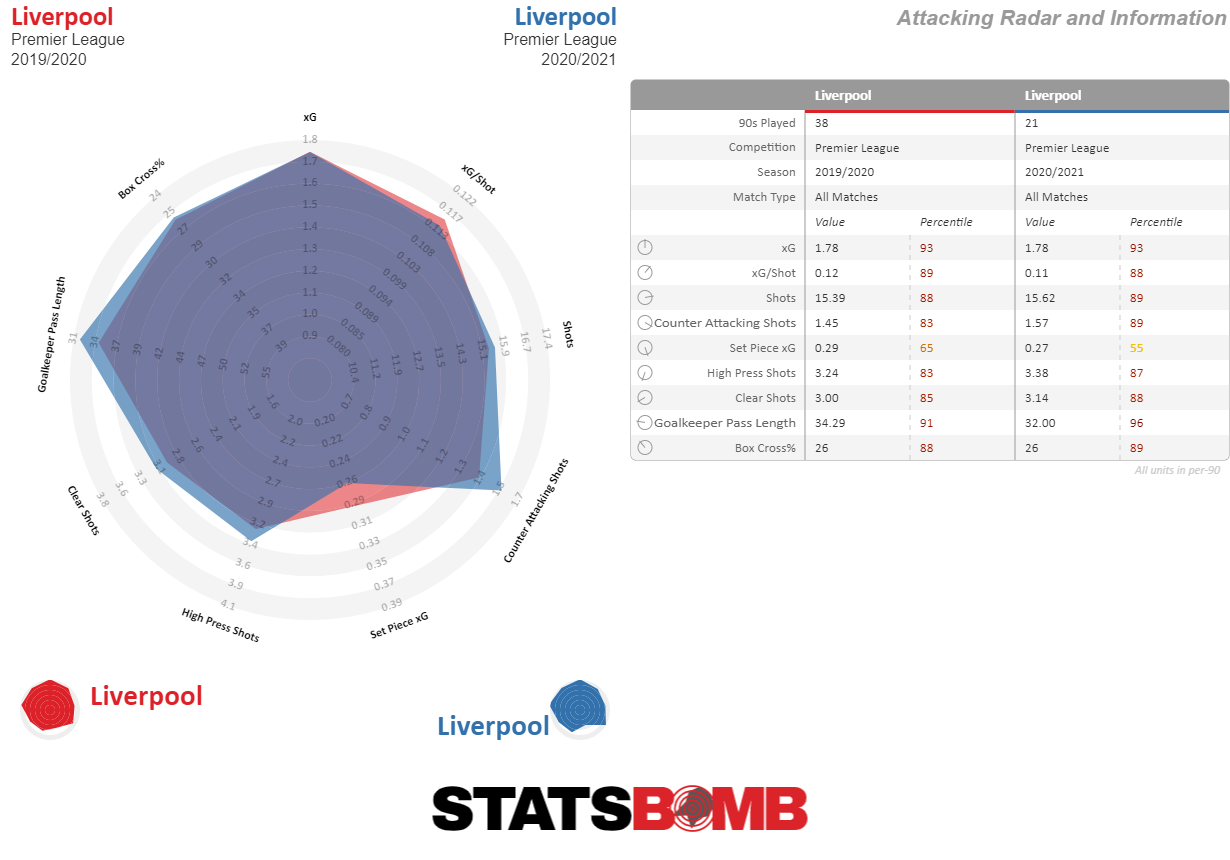
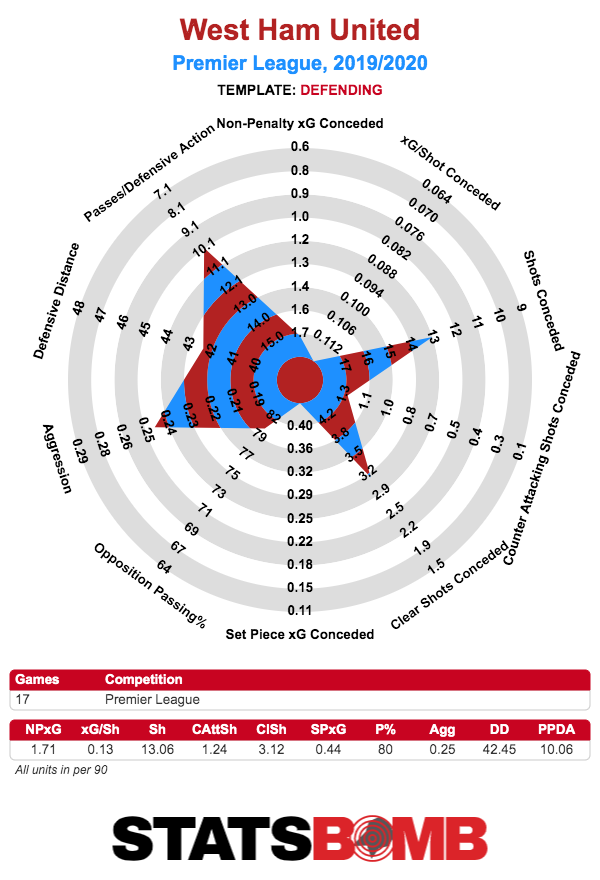
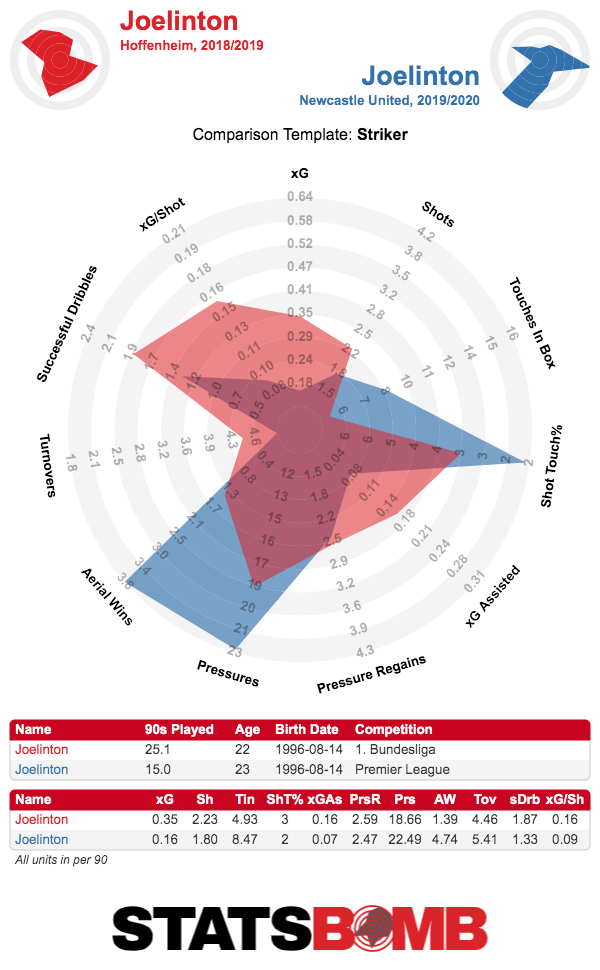
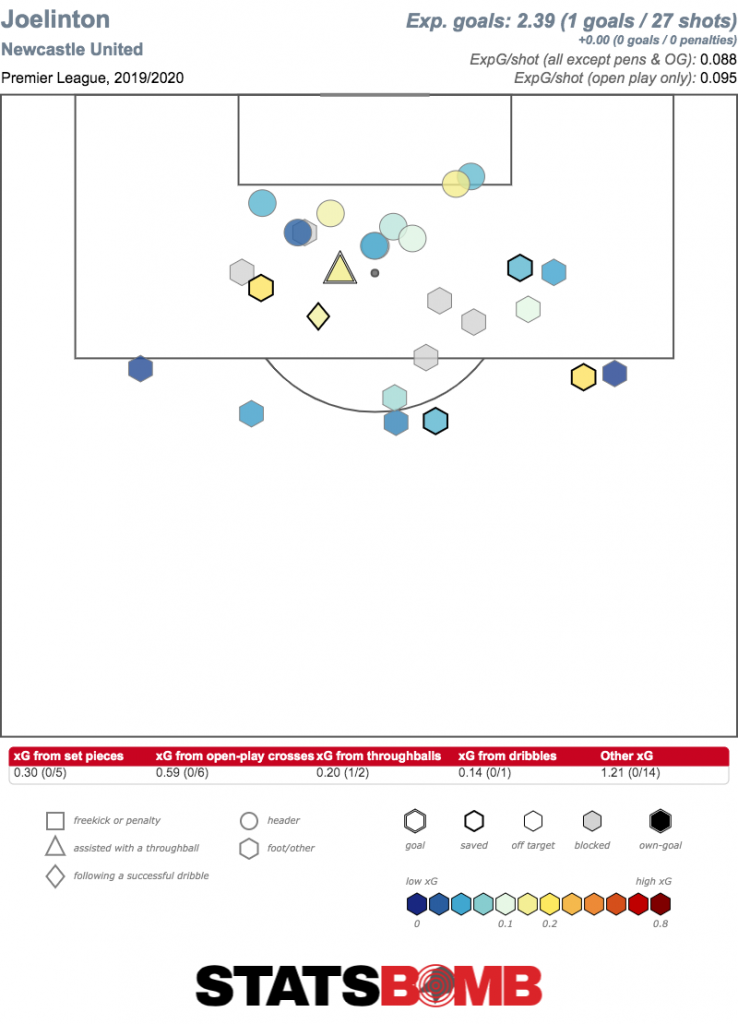
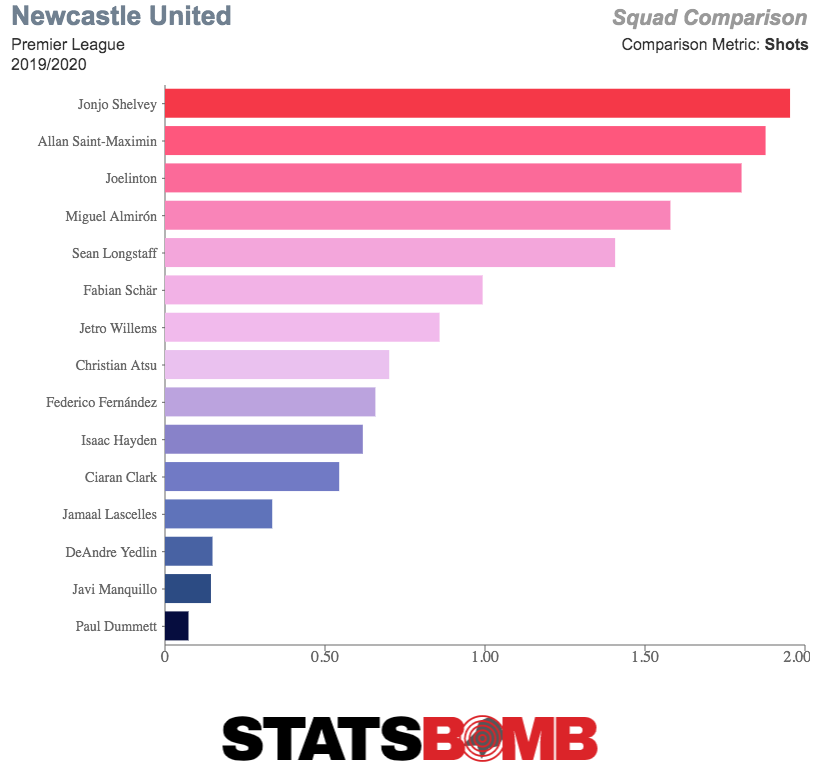

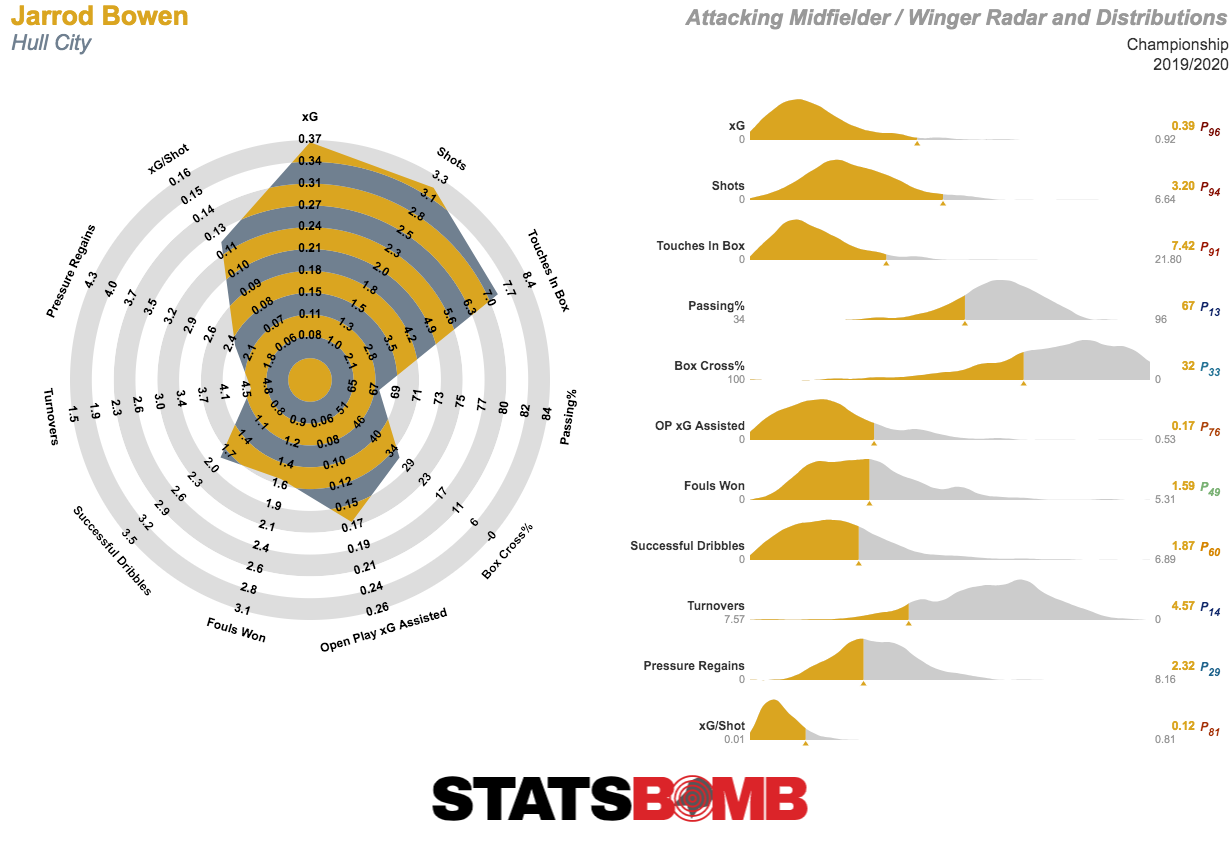
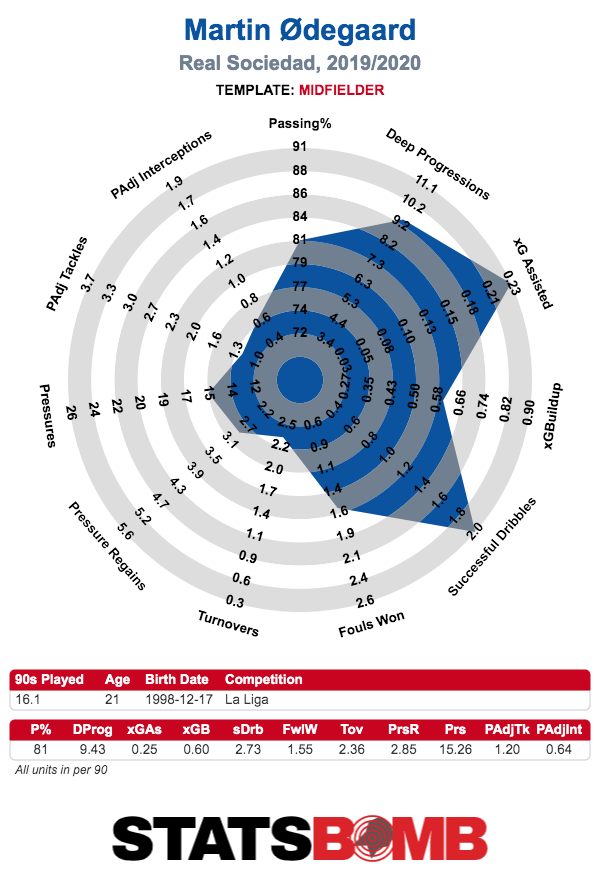
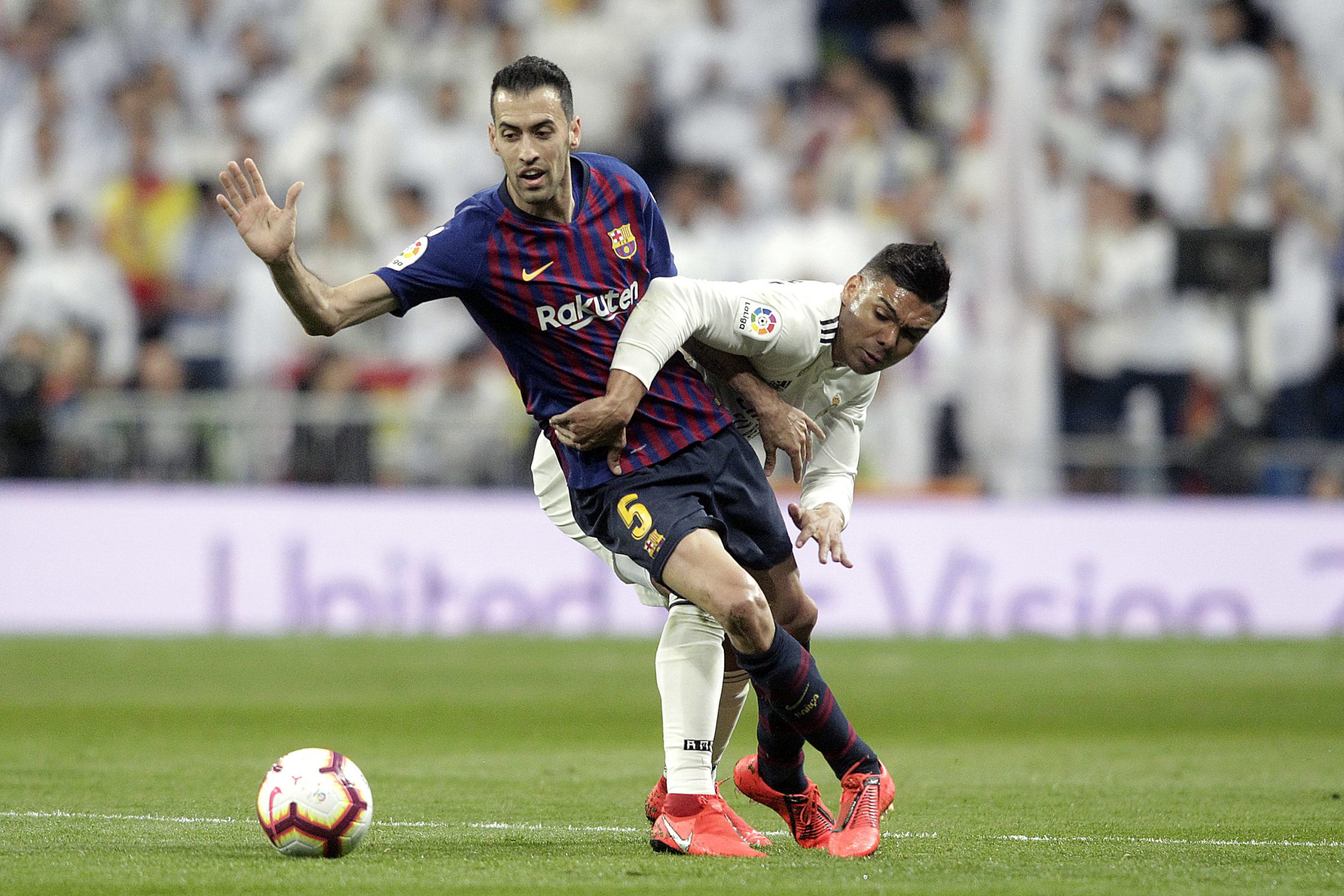
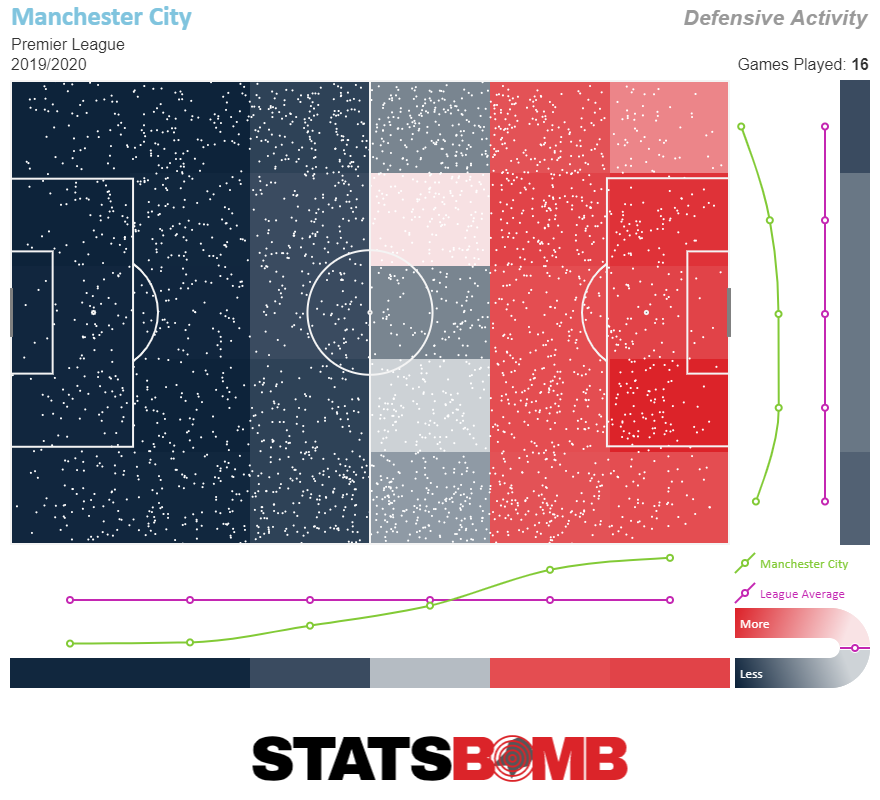
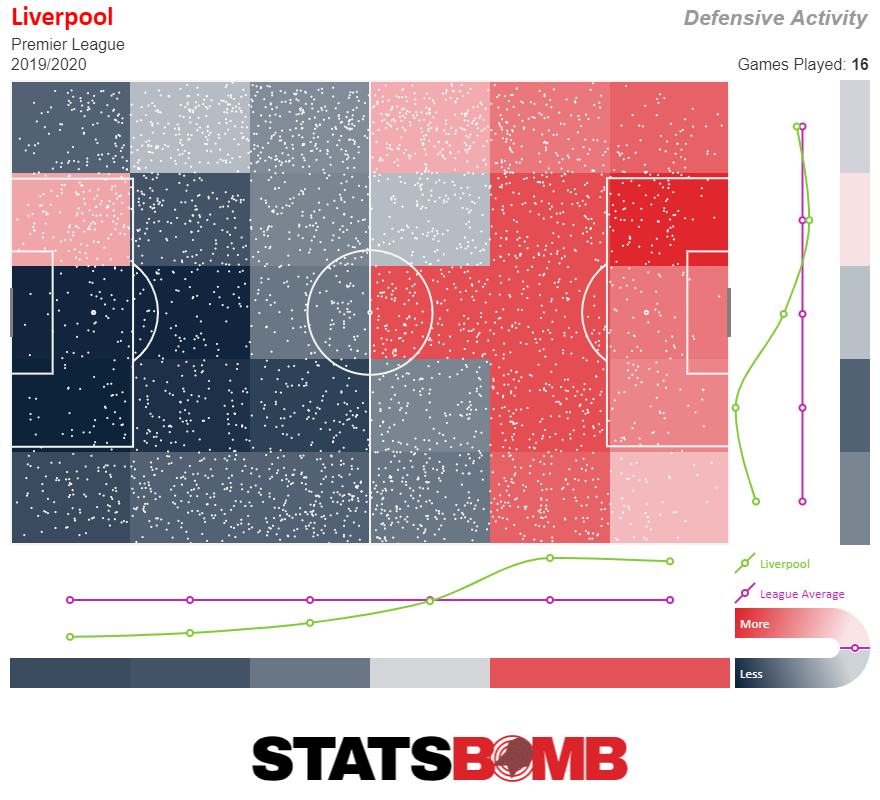
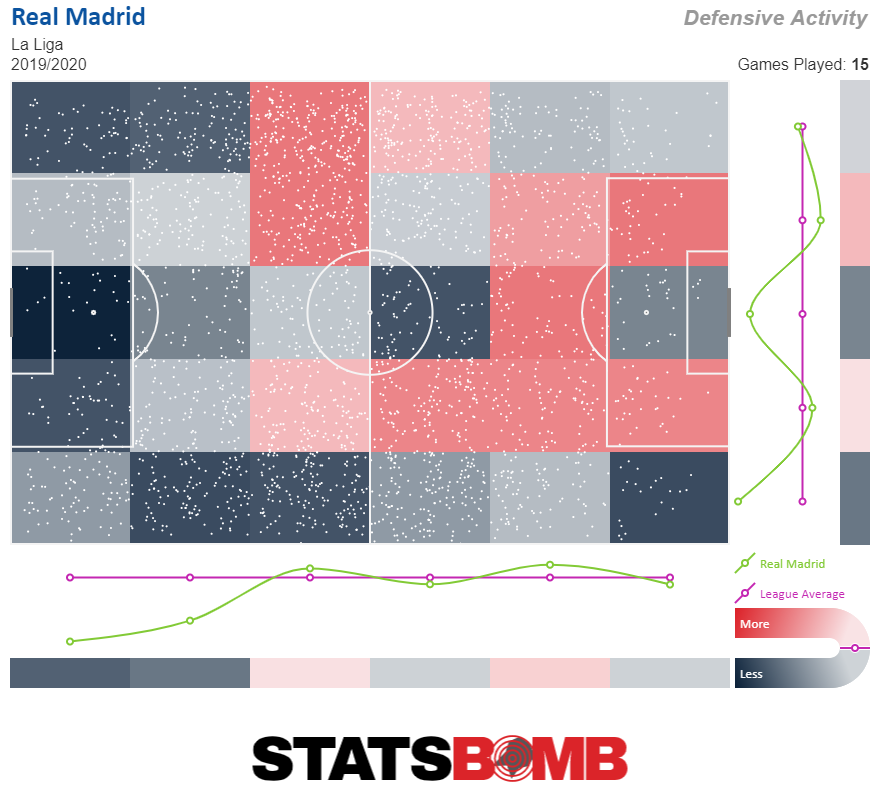
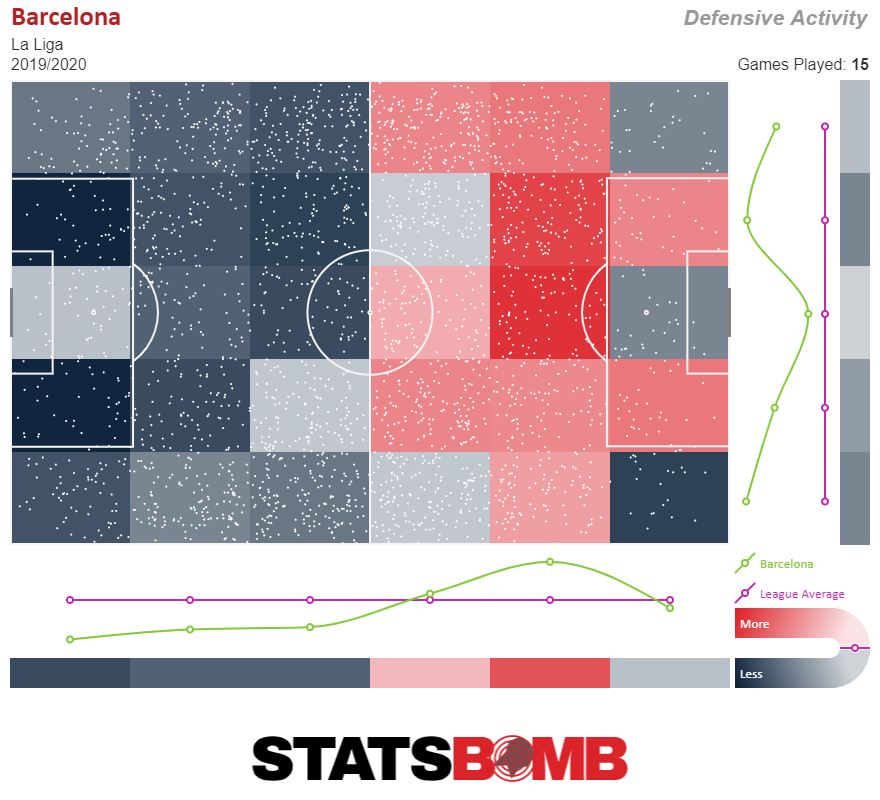
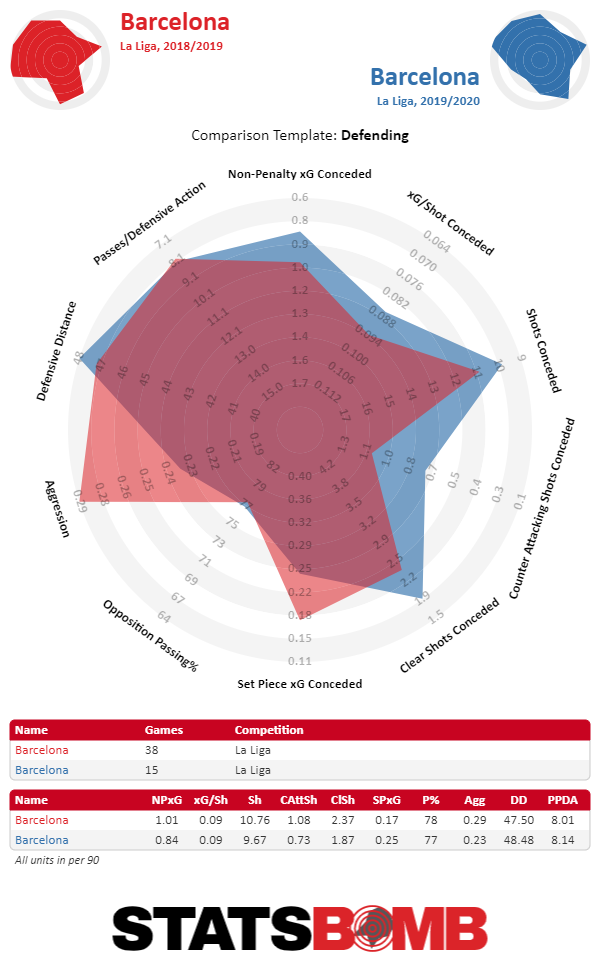
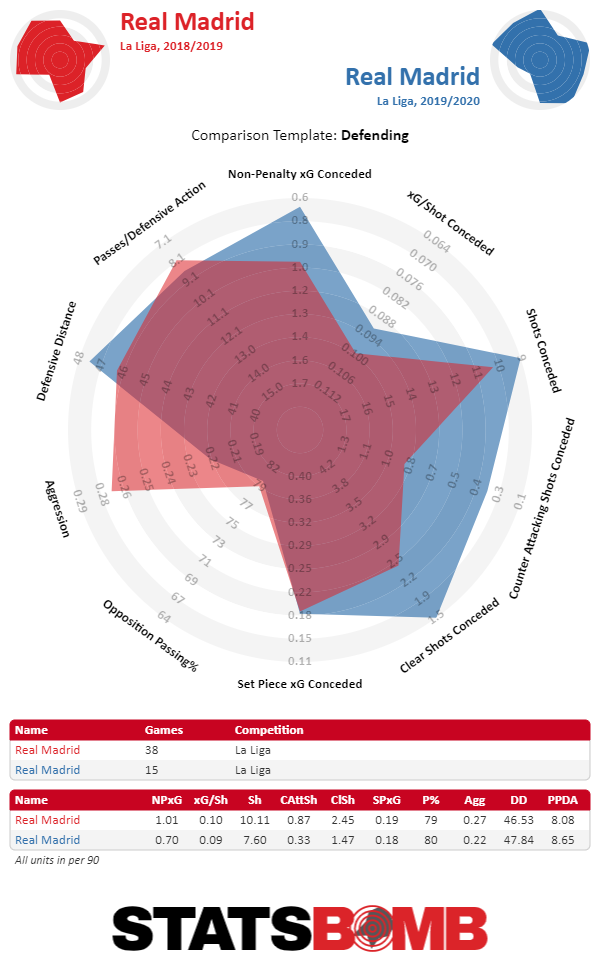
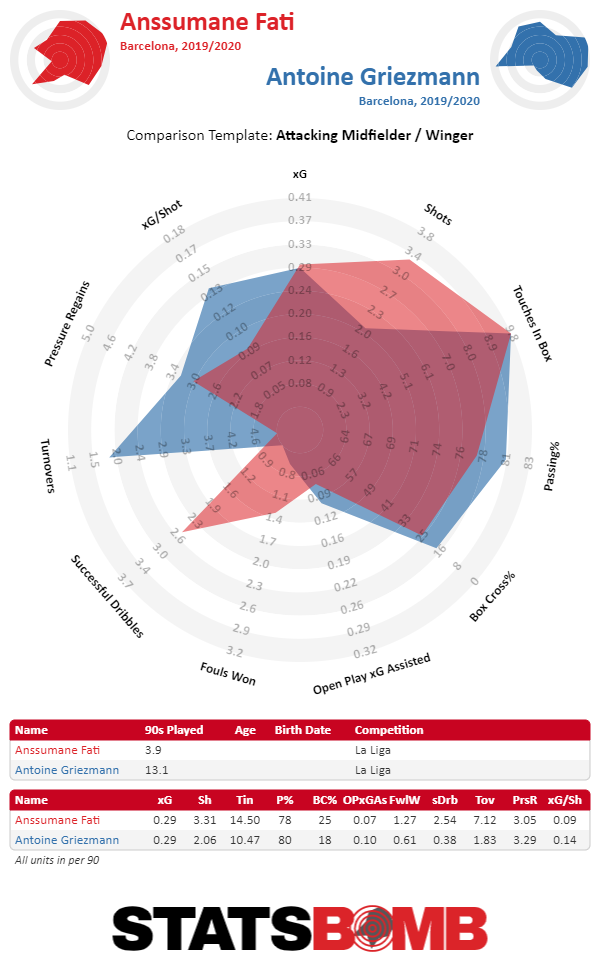
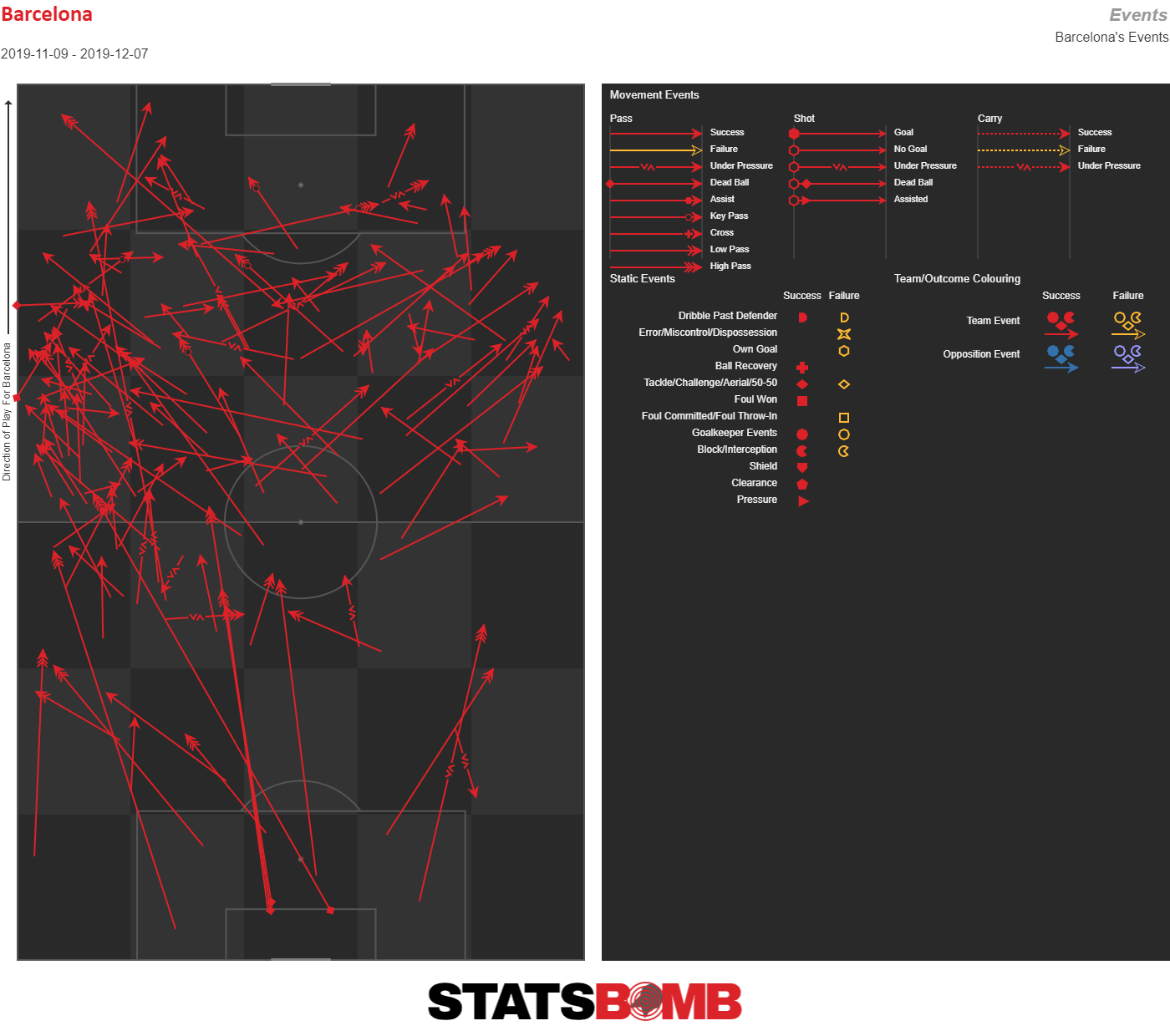
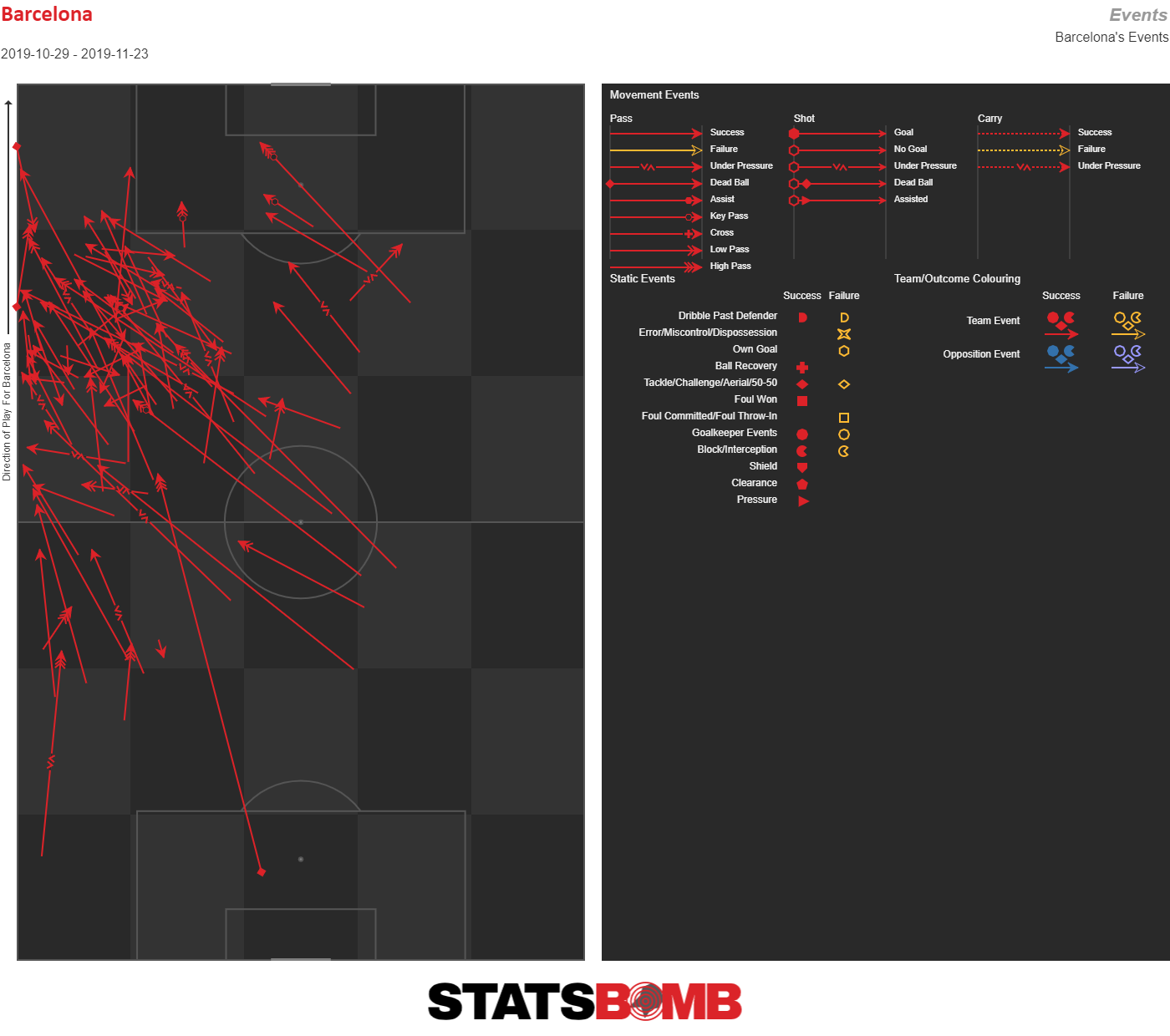
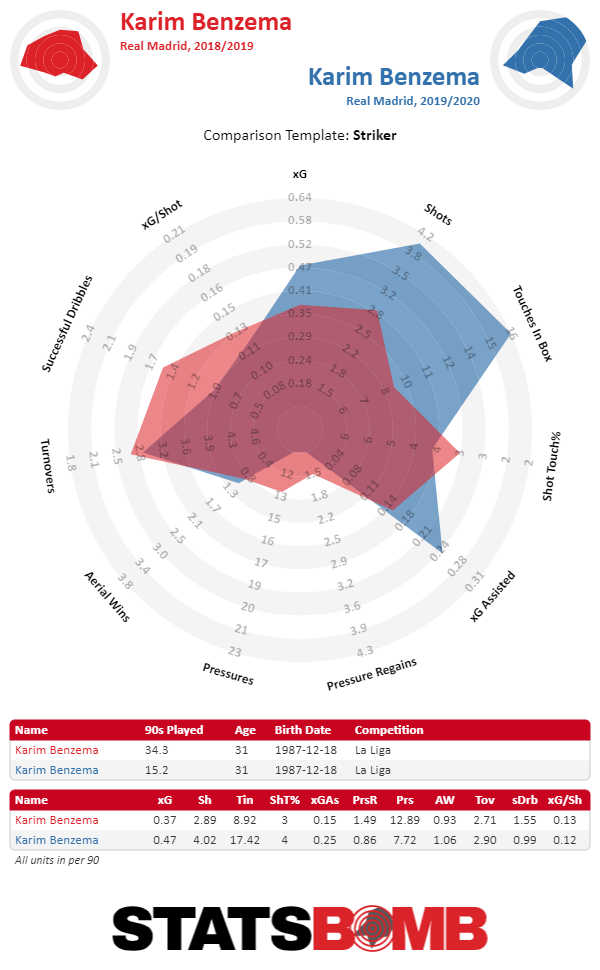
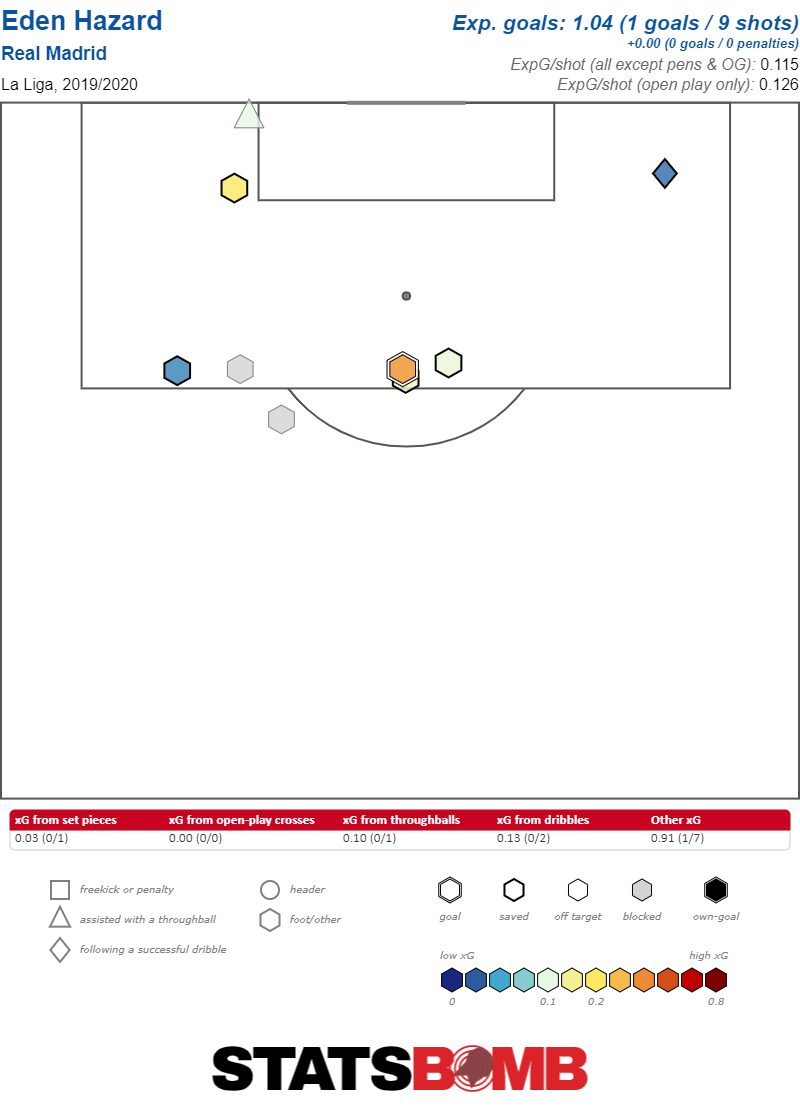
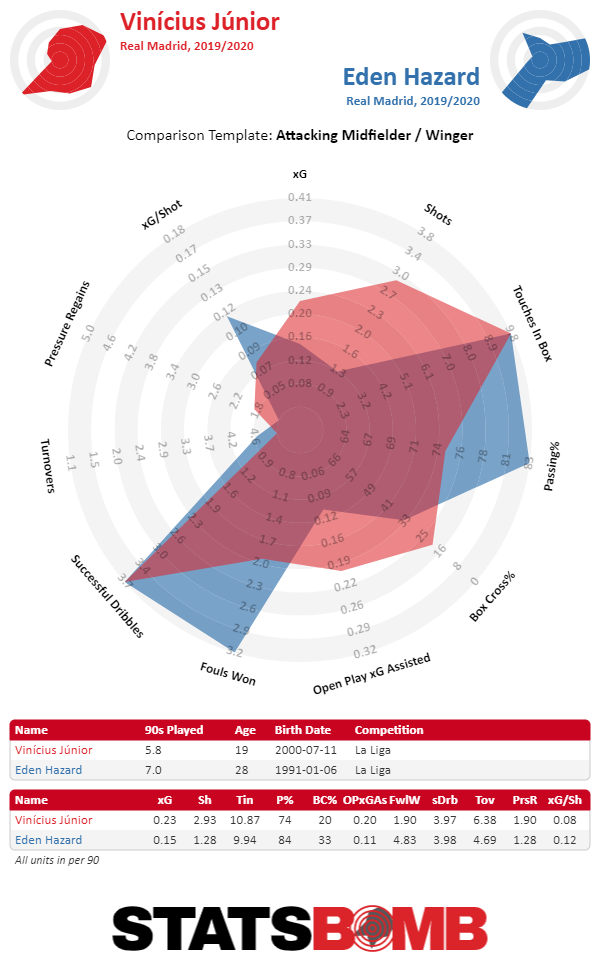
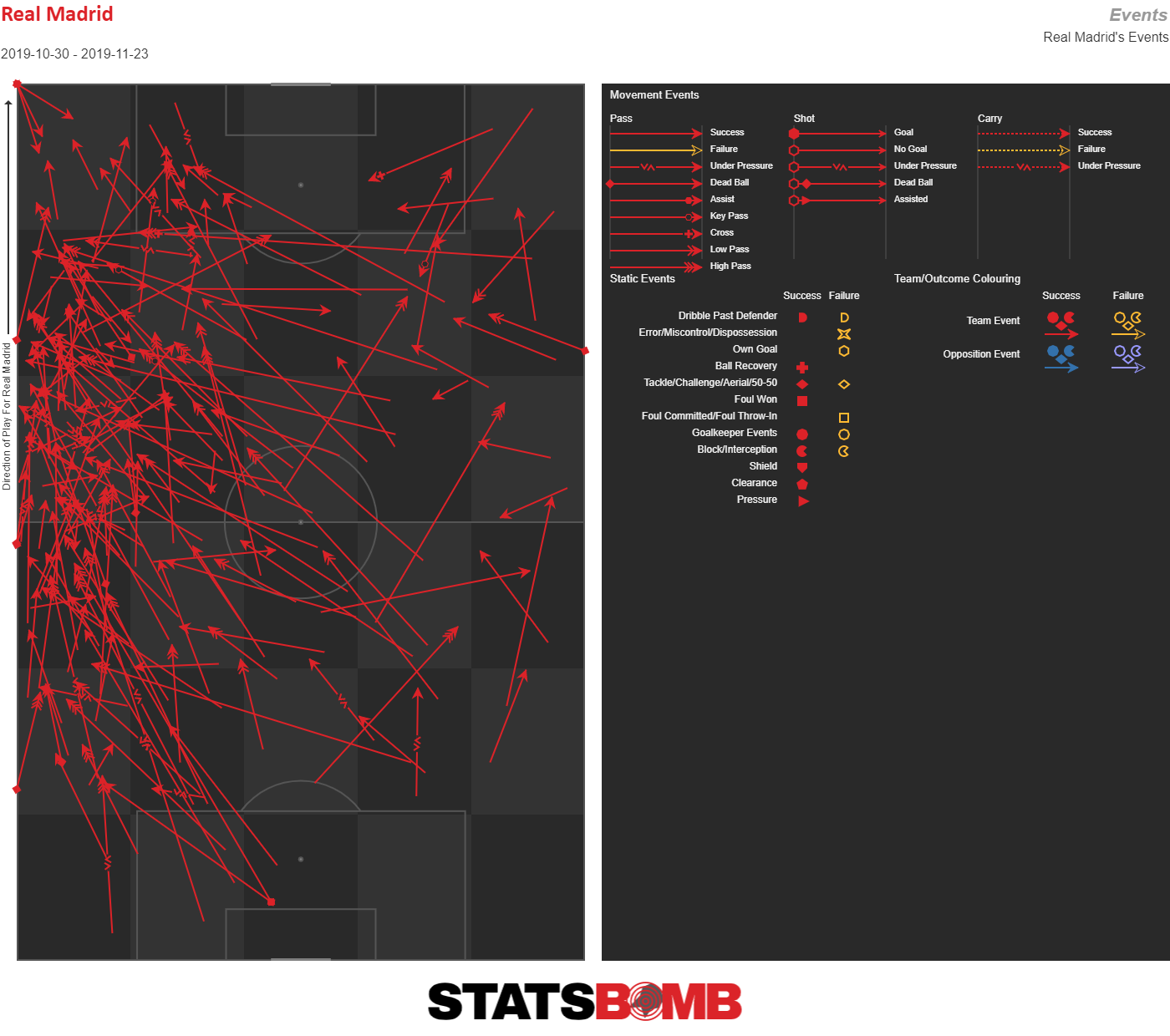
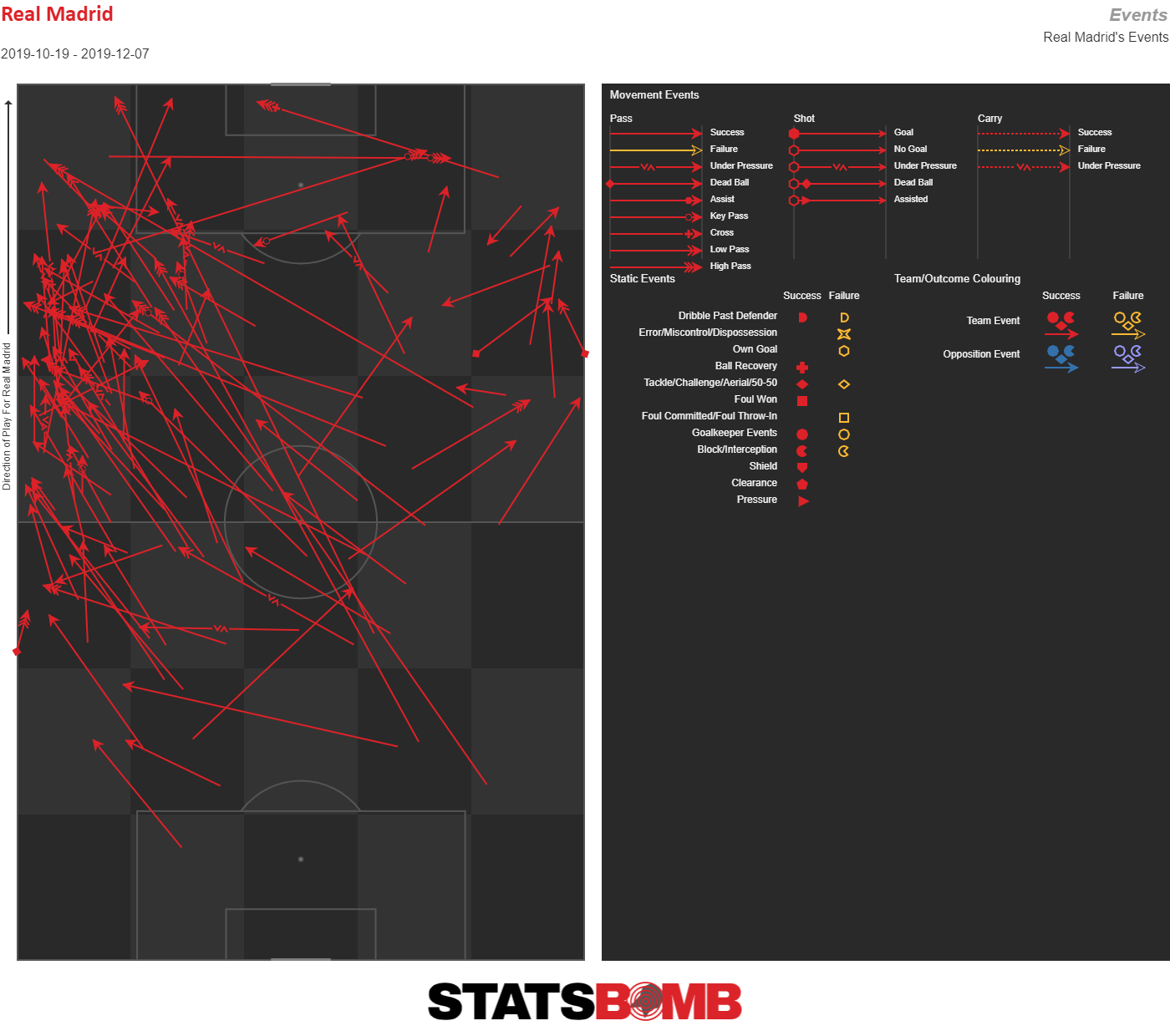 On the right wing, Rodrygo is competing against Bale for the starting role in the lineup. He’s not an elite dribbler like Vinícius, but he tries to compensate by being more cerebral and precise. Rodrygo does not shoot often but is more careful about his shot locations, averaging the highest xG per shot this season among Real Madrid forwards. While Bale seems increasingly comfortable staying on the wing and whipping a cross into the box, Rodrygo seems more willing to attack the box, which is ultimately reflected in his higher rate of touches in the box and xG.
On the right wing, Rodrygo is competing against Bale for the starting role in the lineup. He’s not an elite dribbler like Vinícius, but he tries to compensate by being more cerebral and precise. Rodrygo does not shoot often but is more careful about his shot locations, averaging the highest xG per shot this season among Real Madrid forwards. While Bale seems increasingly comfortable staying on the wing and whipping a cross into the box, Rodrygo seems more willing to attack the box, which is ultimately reflected in his higher rate of touches in the box and xG. 